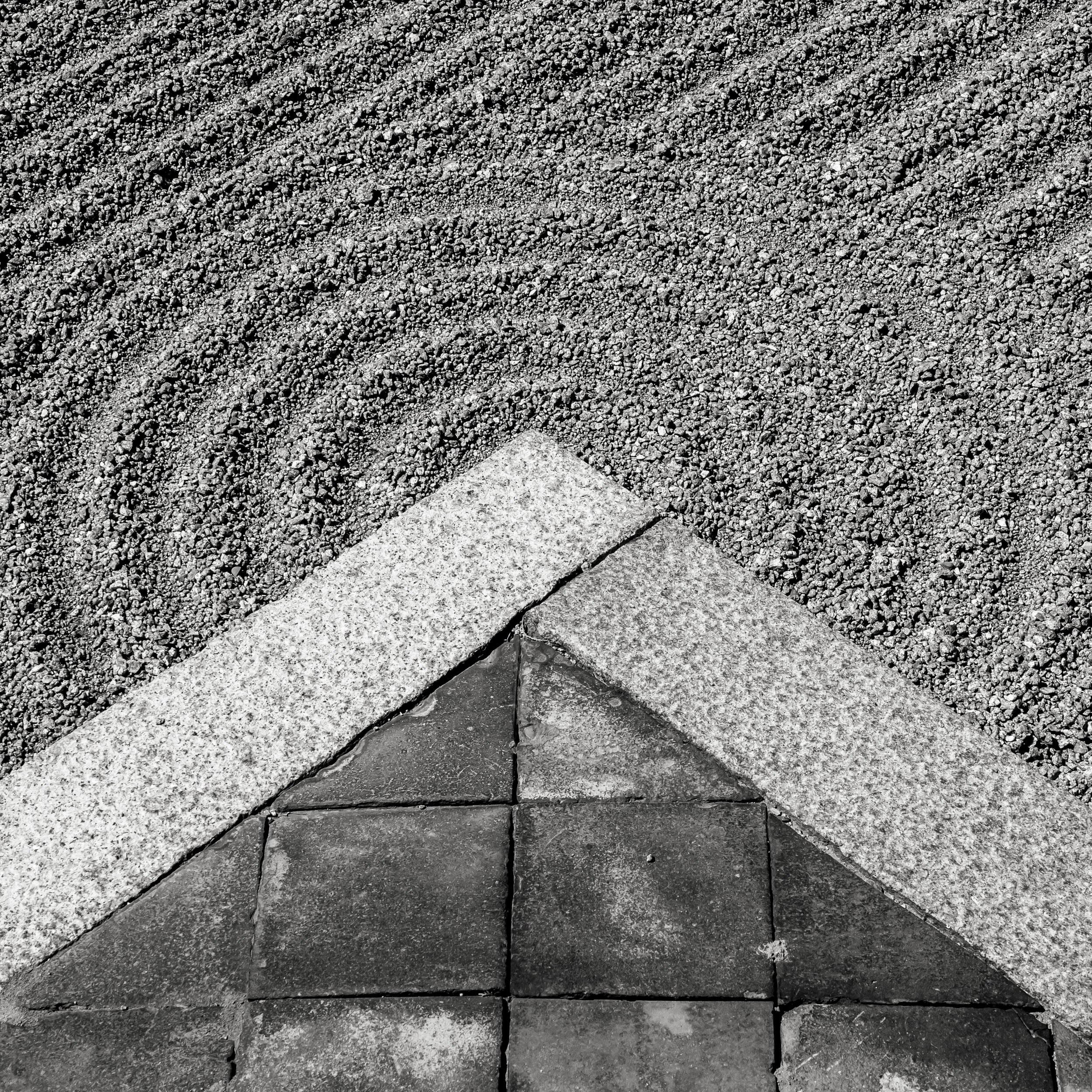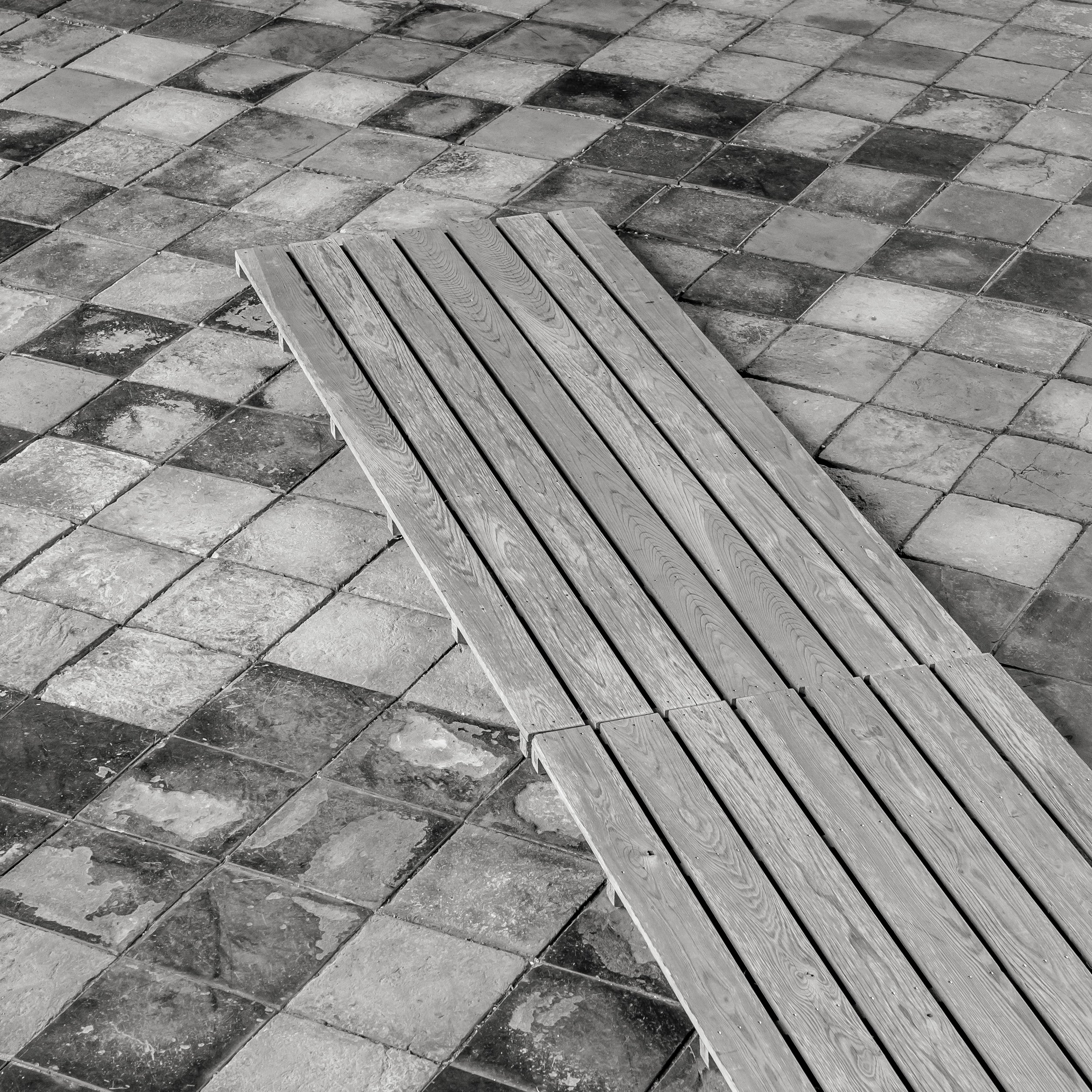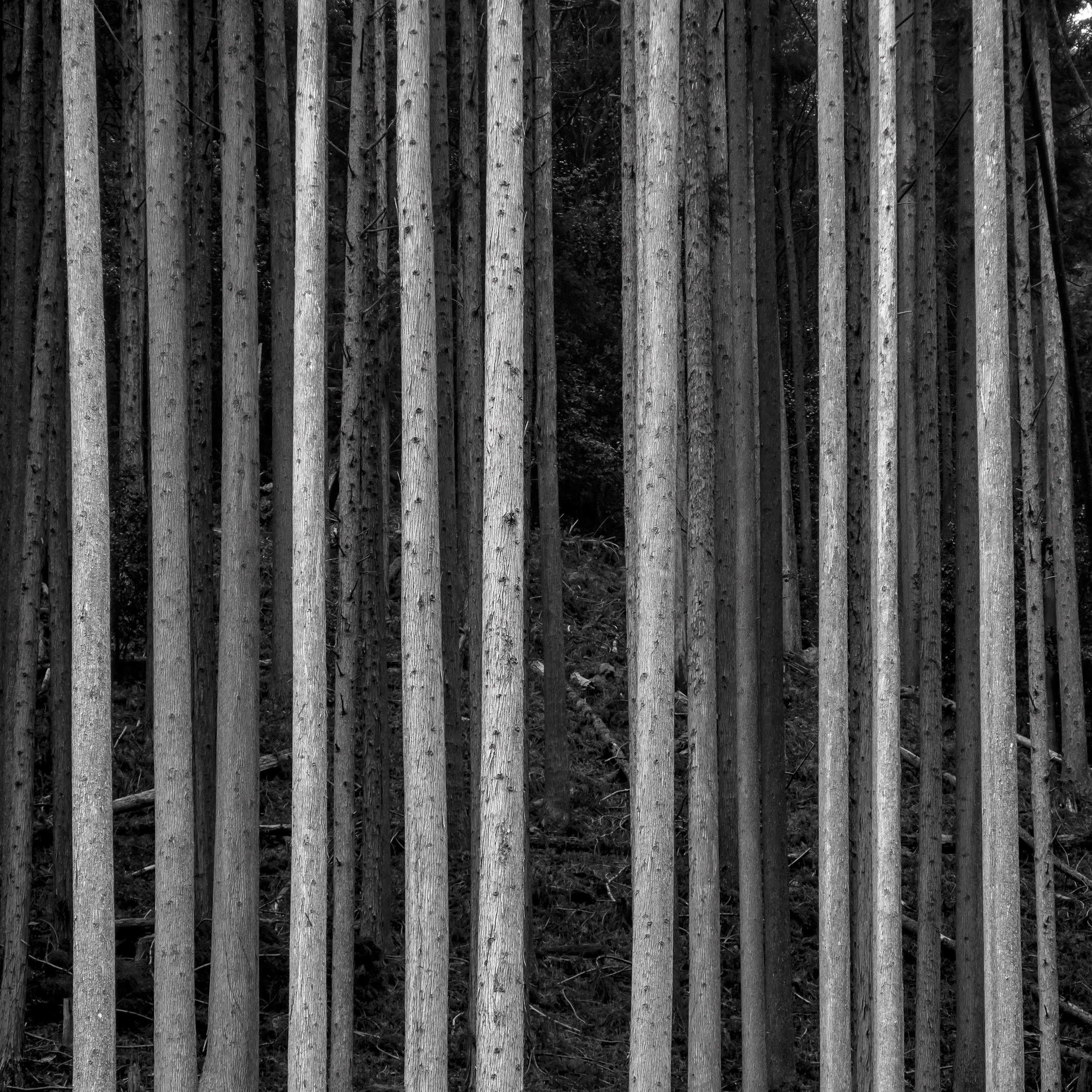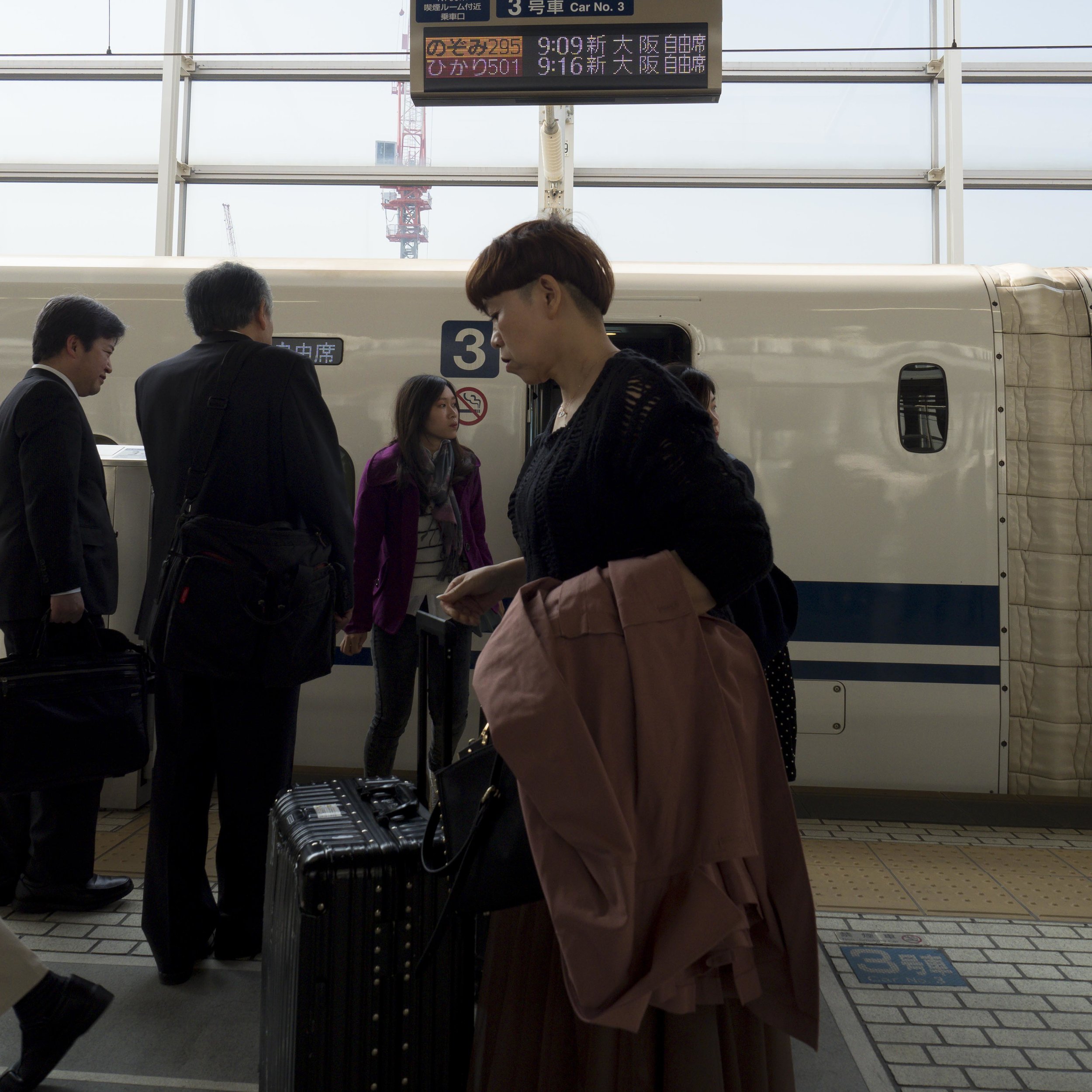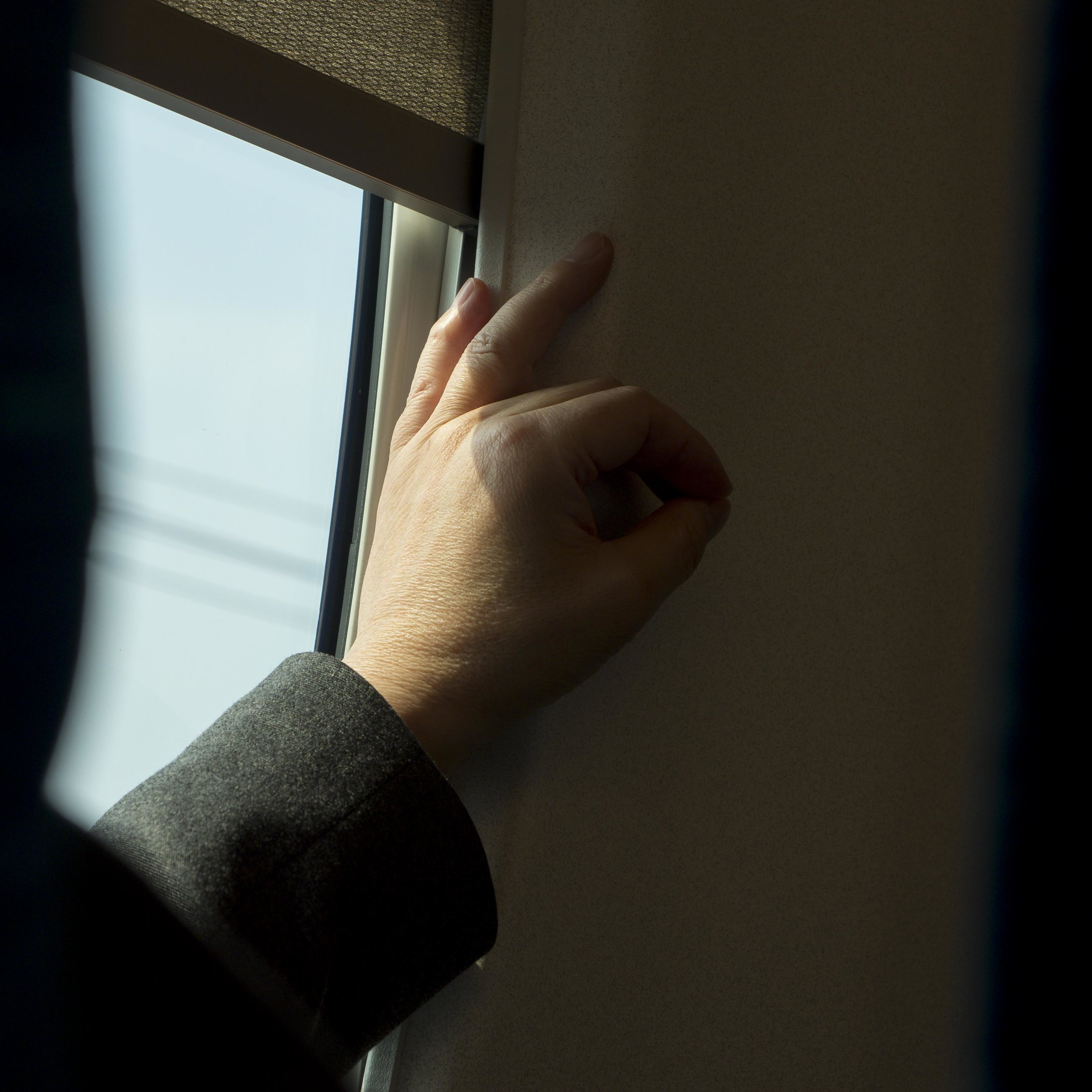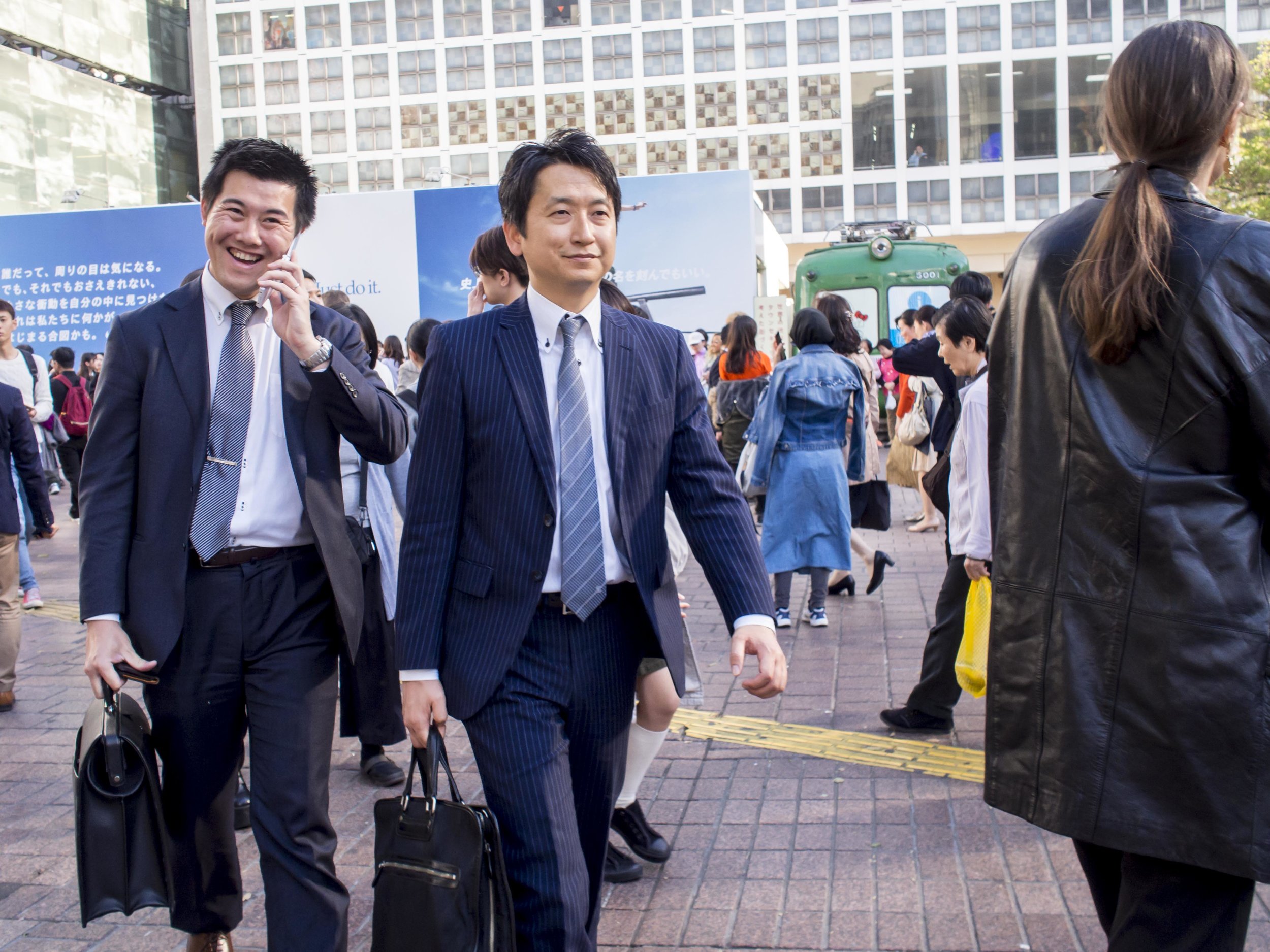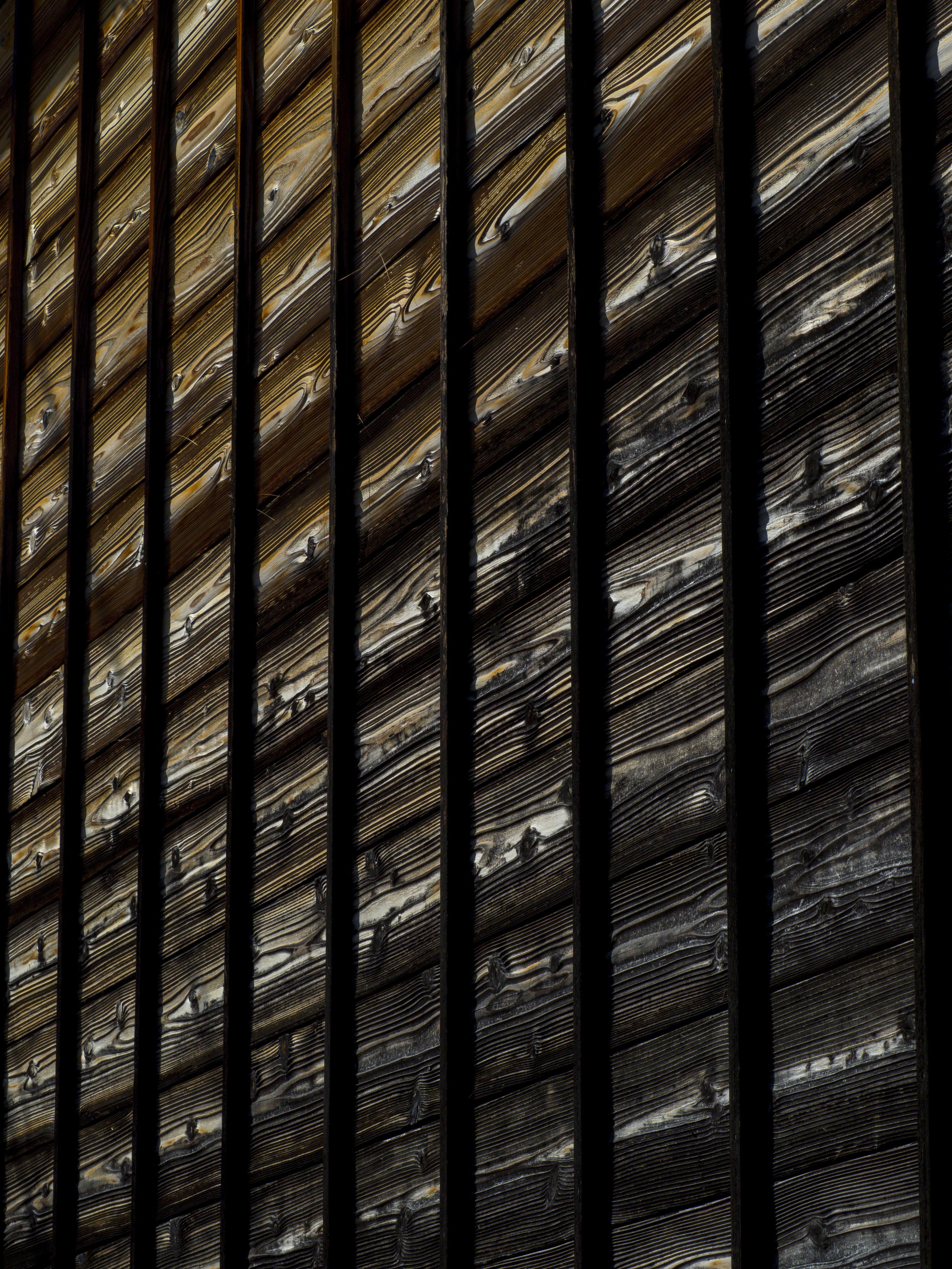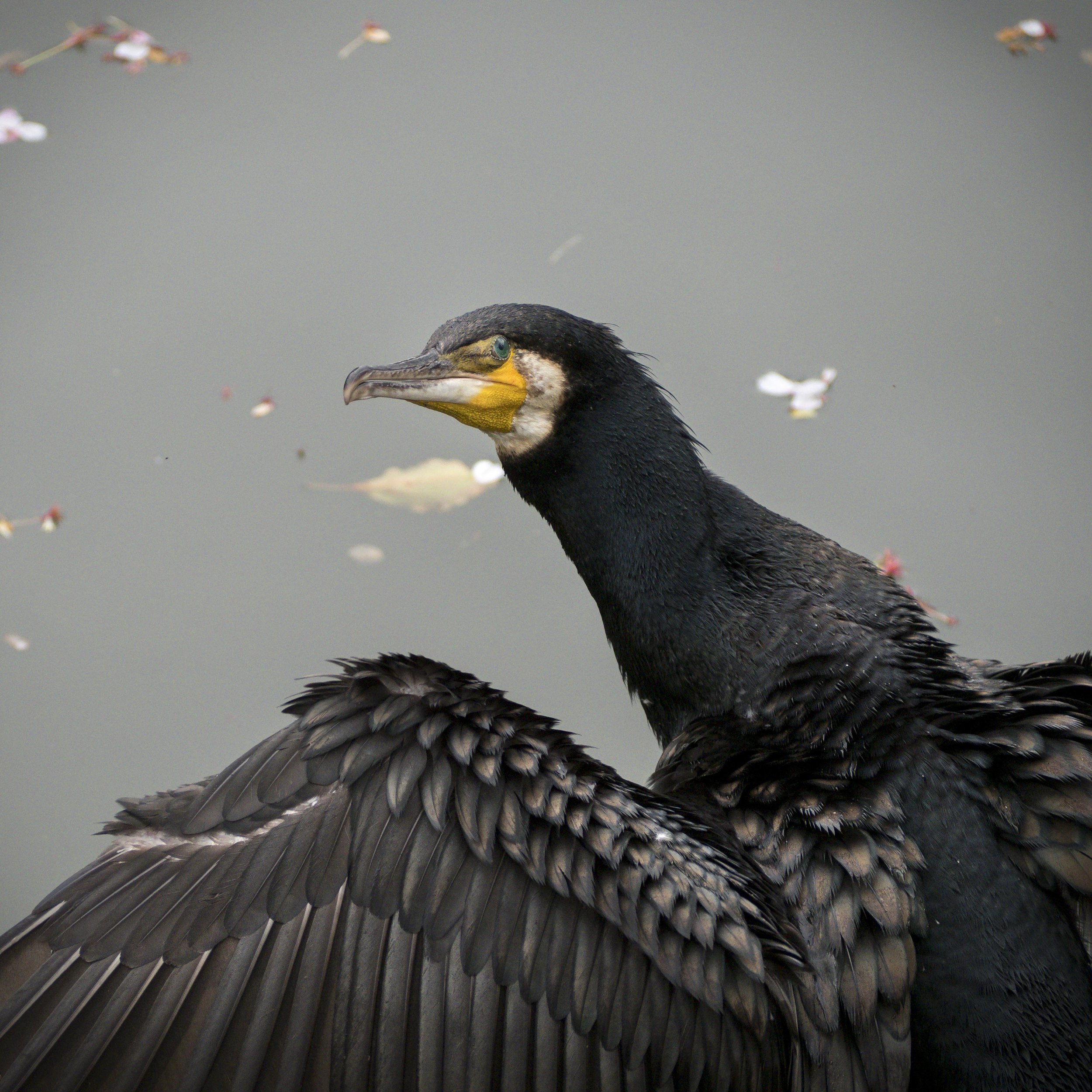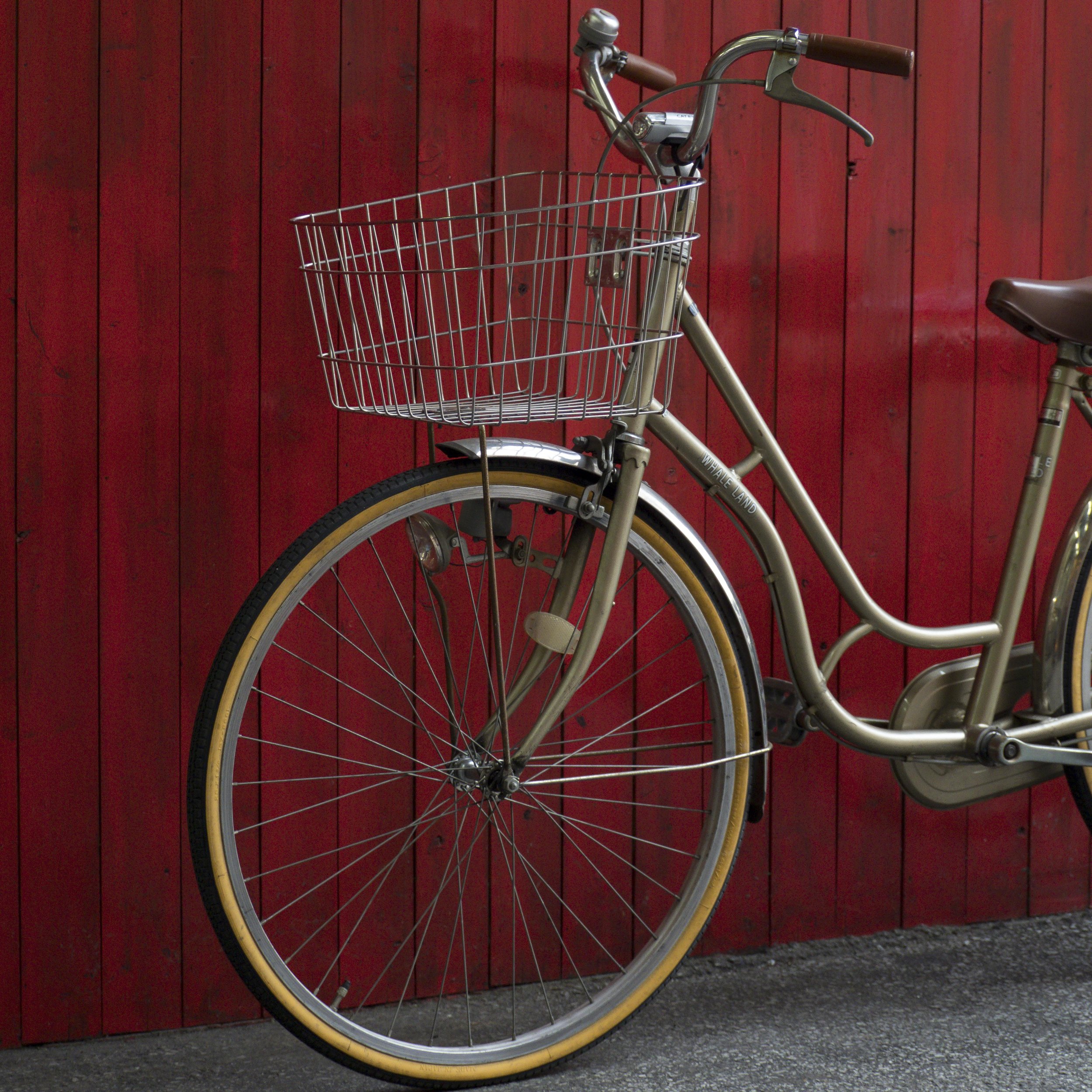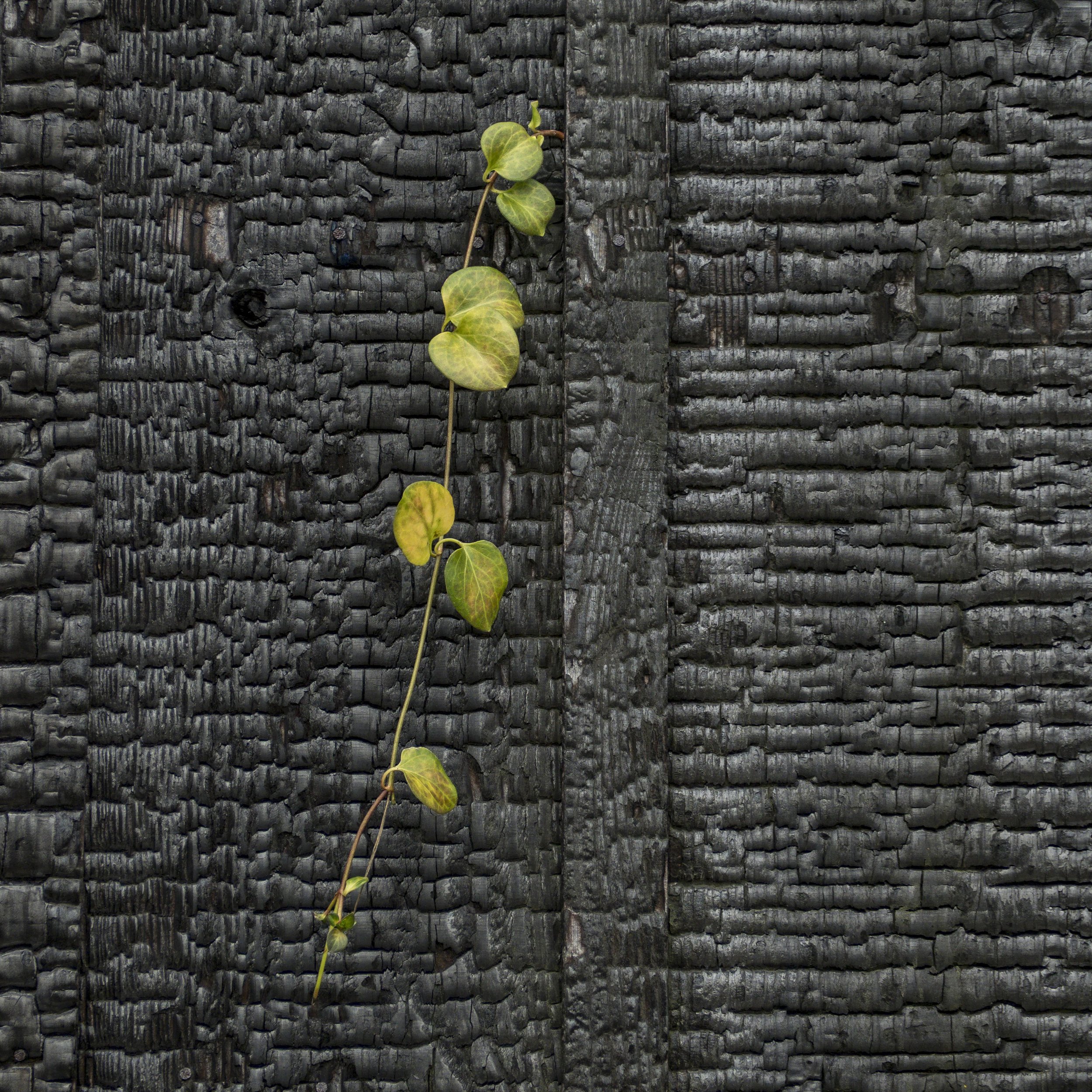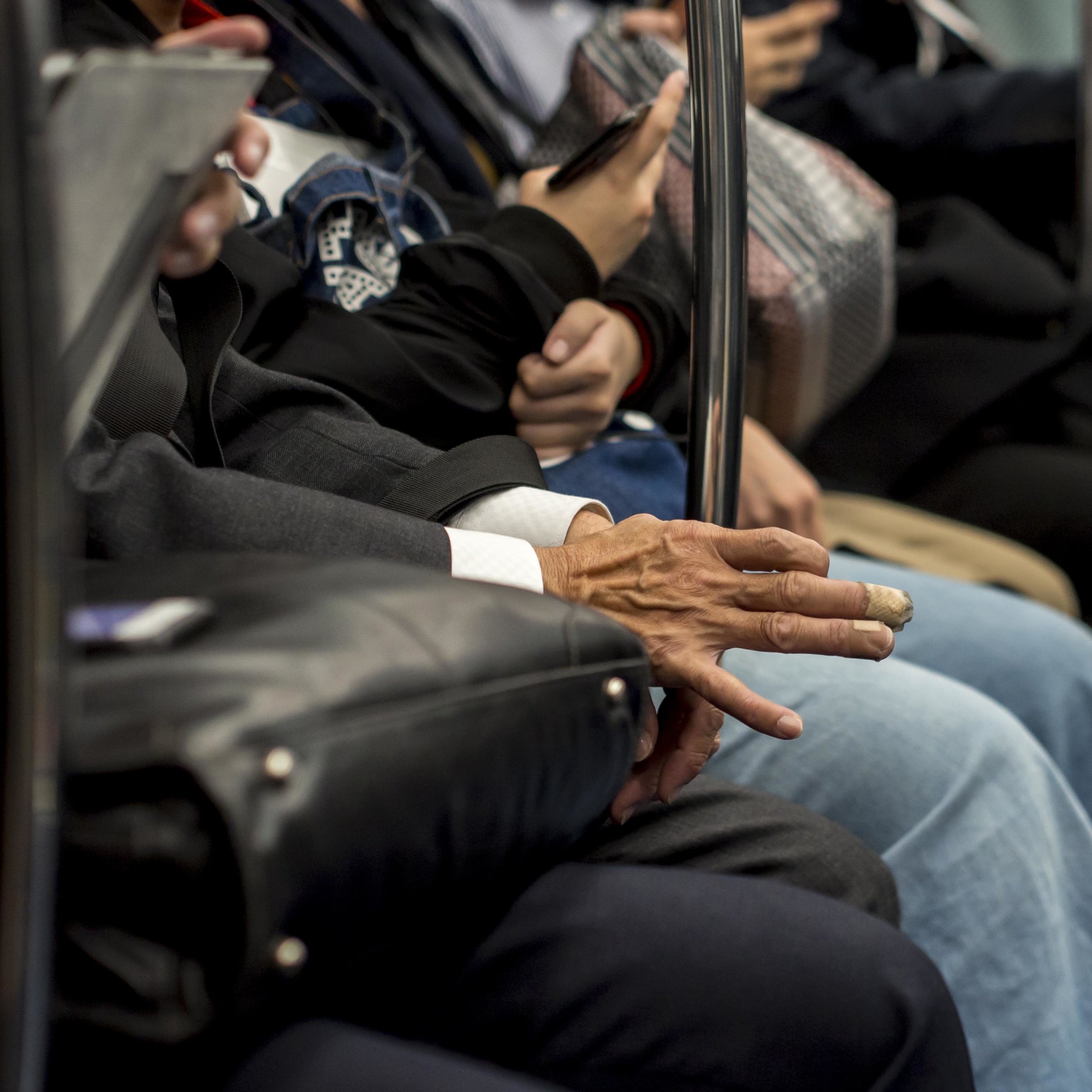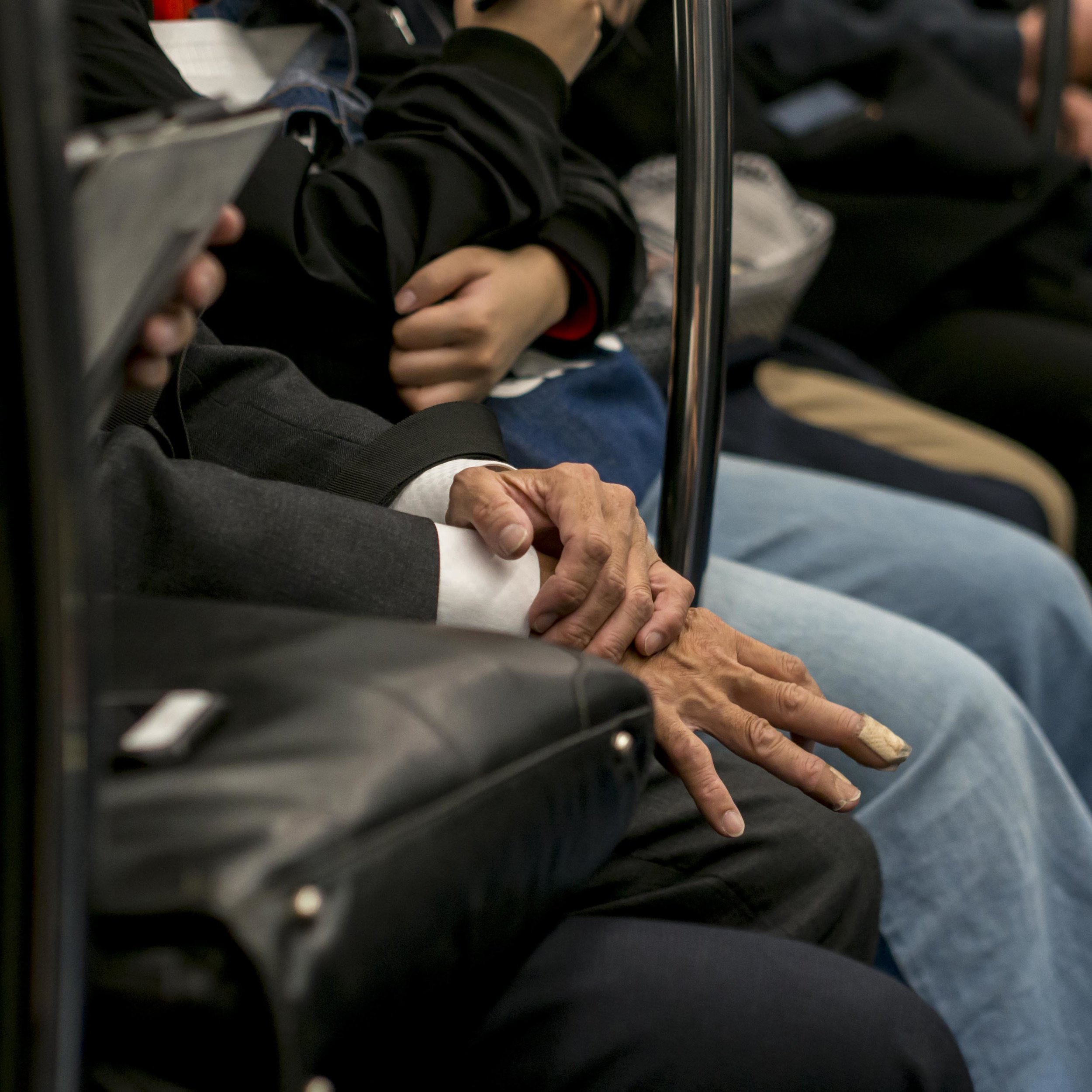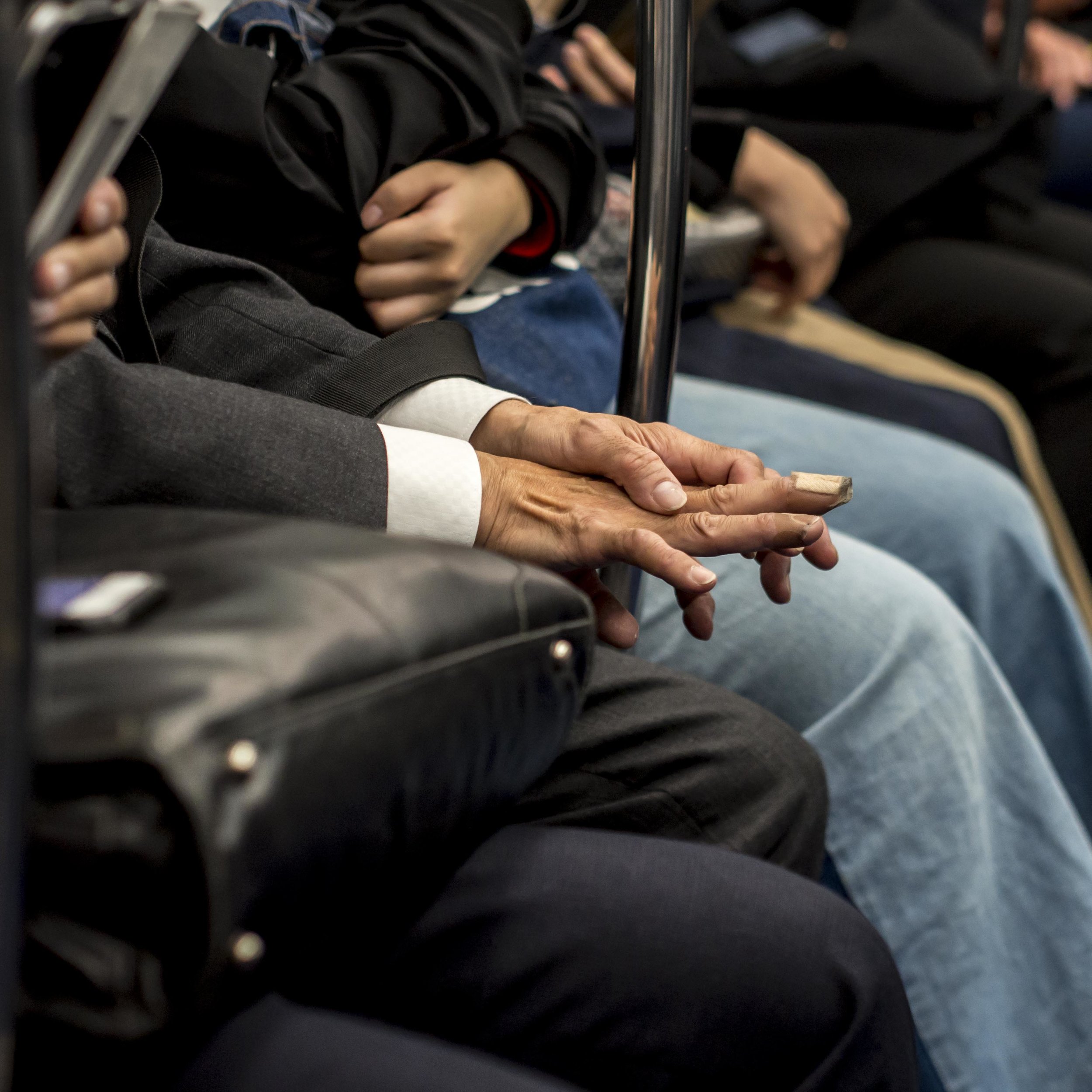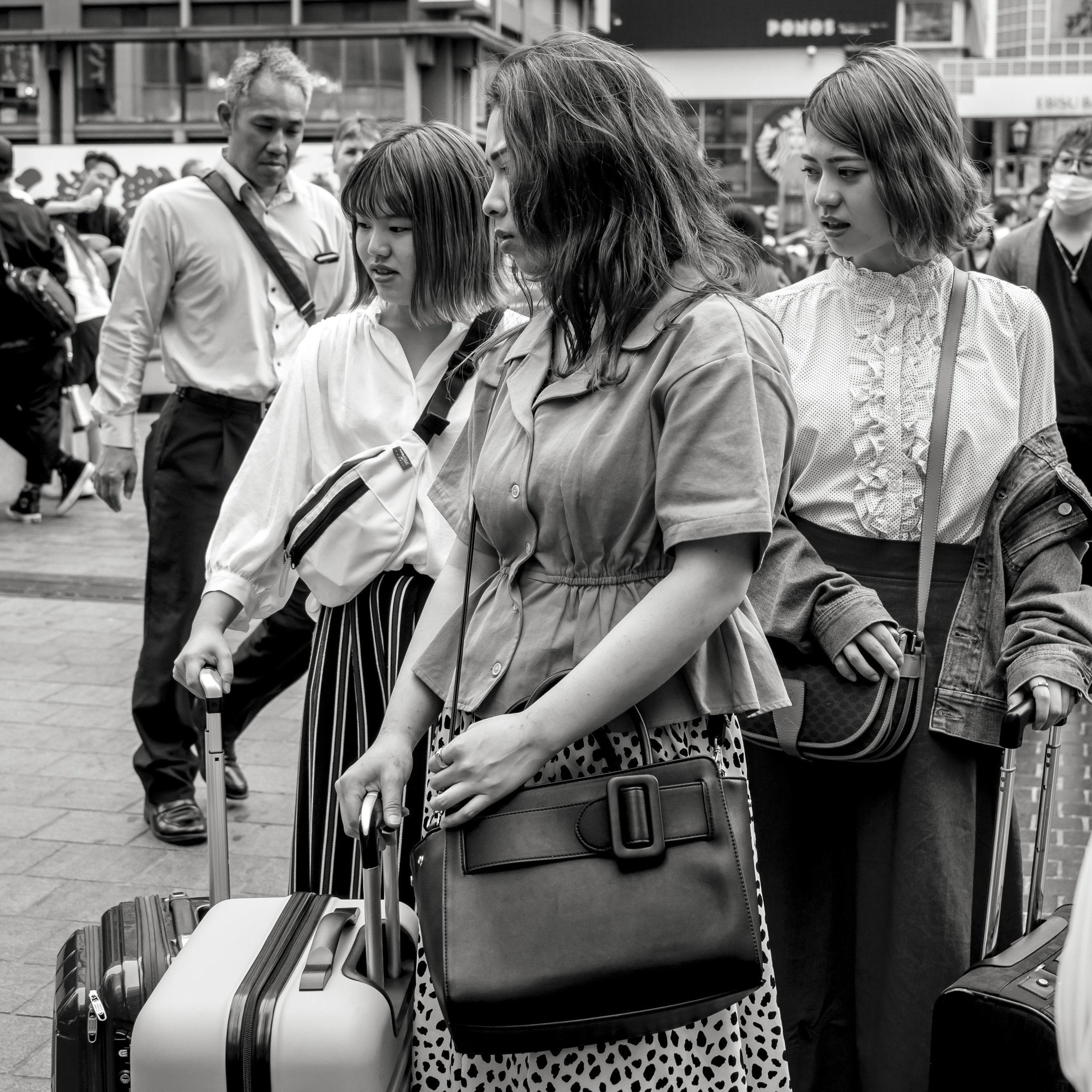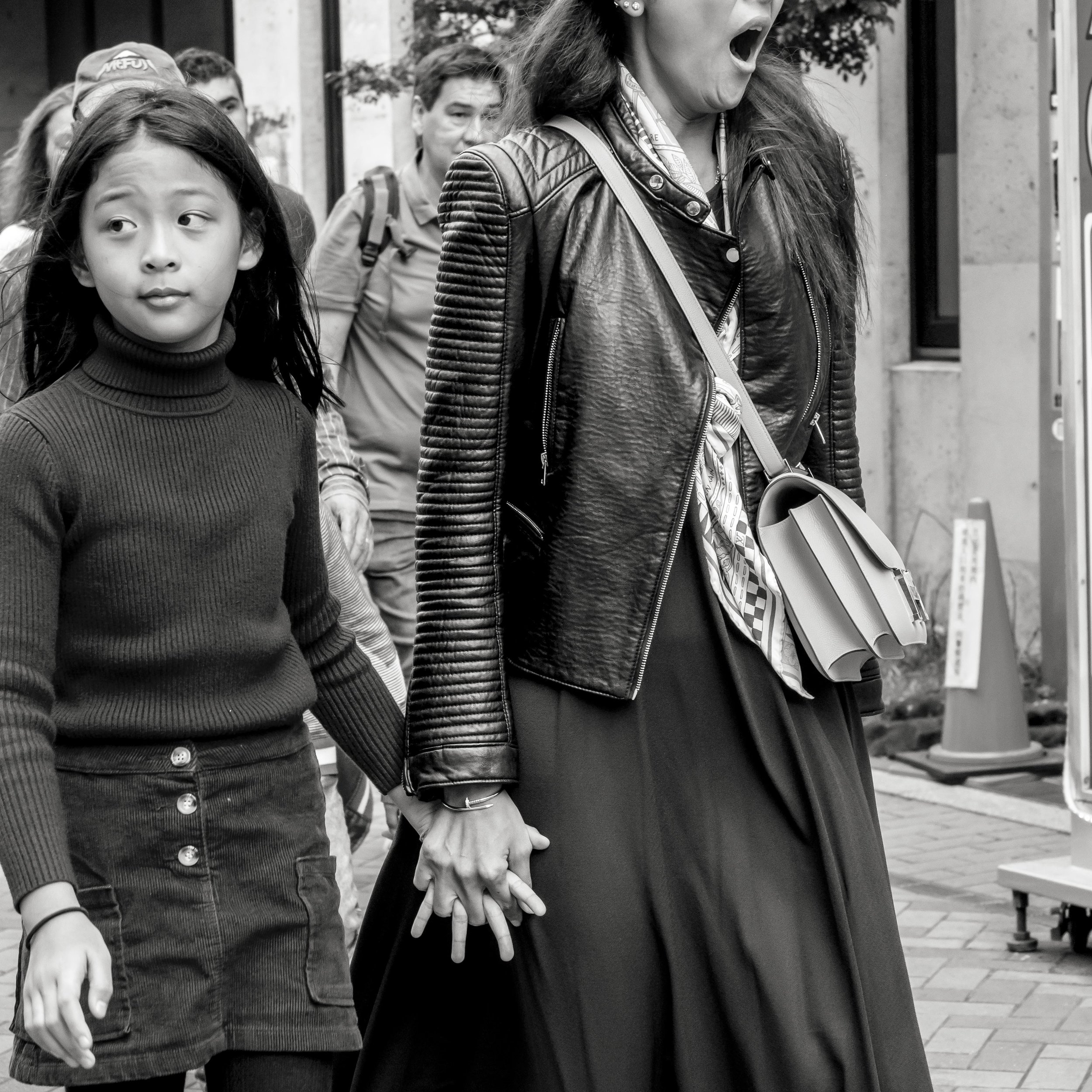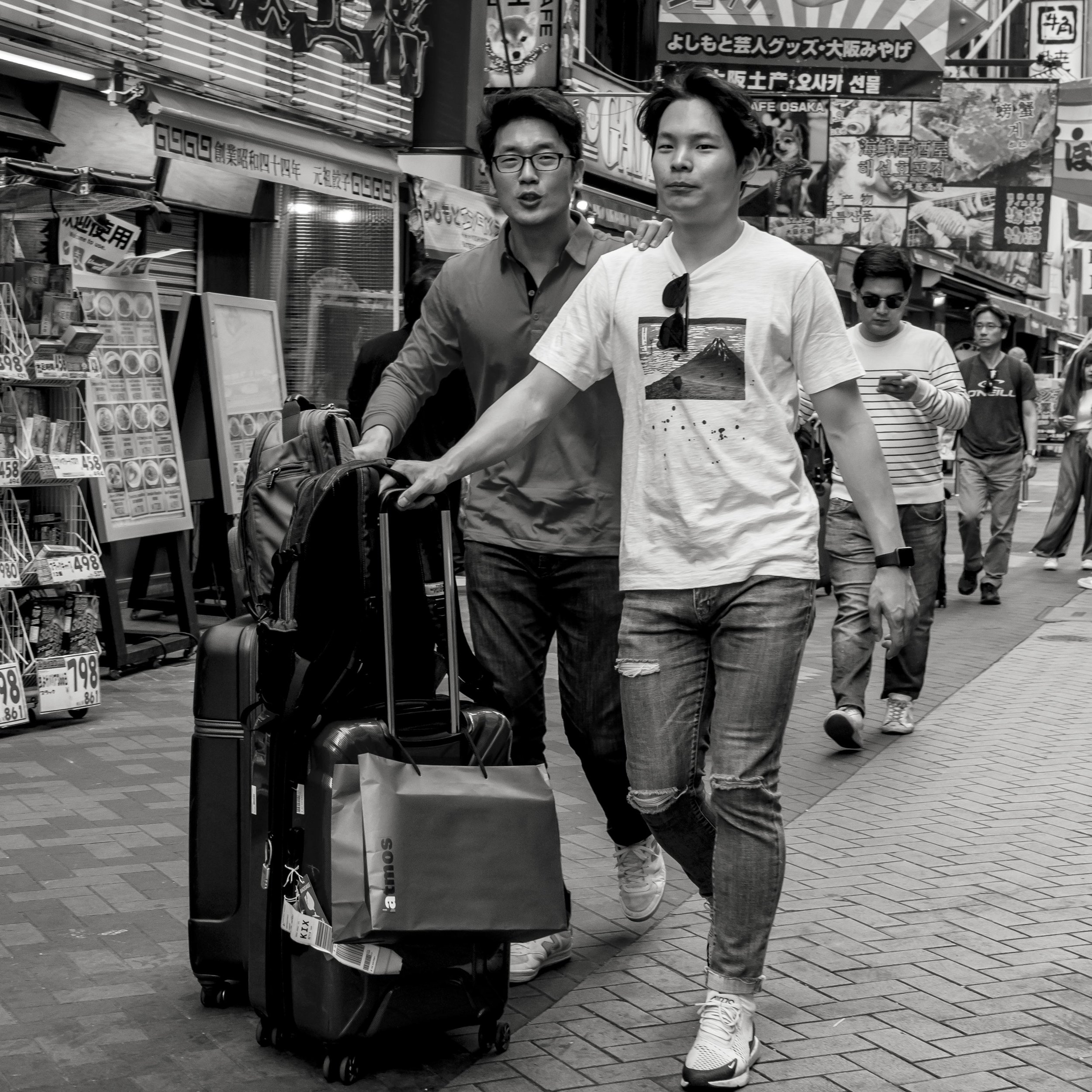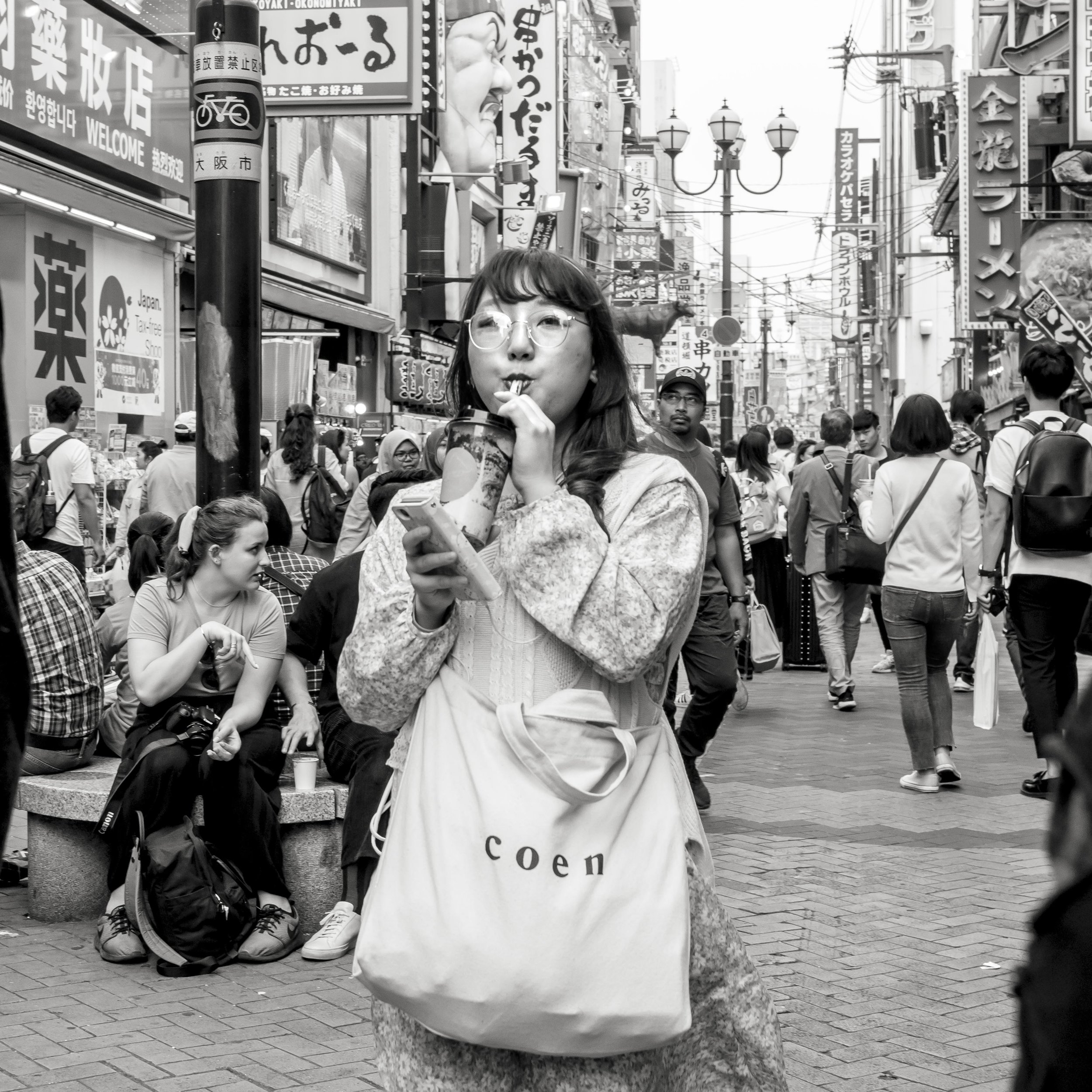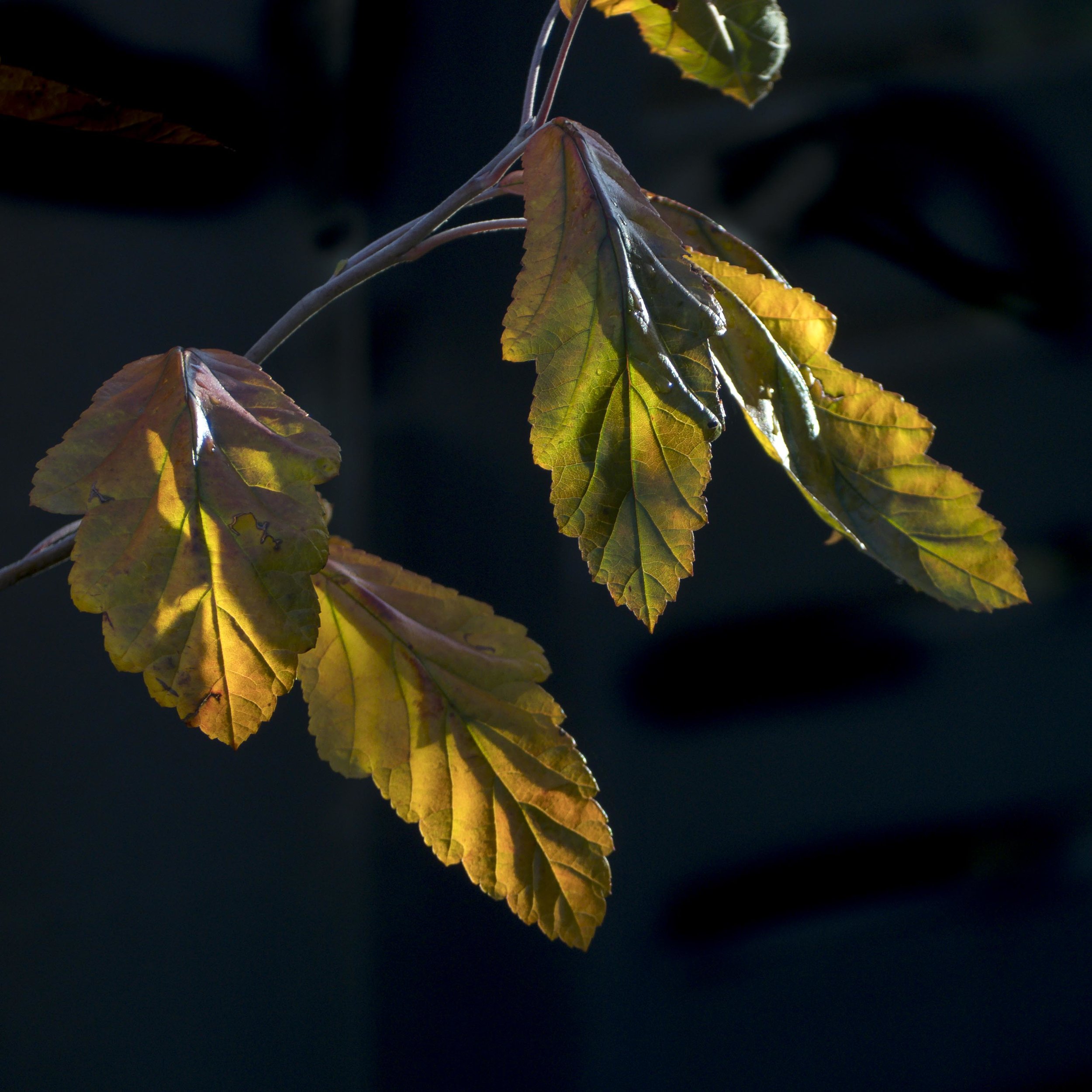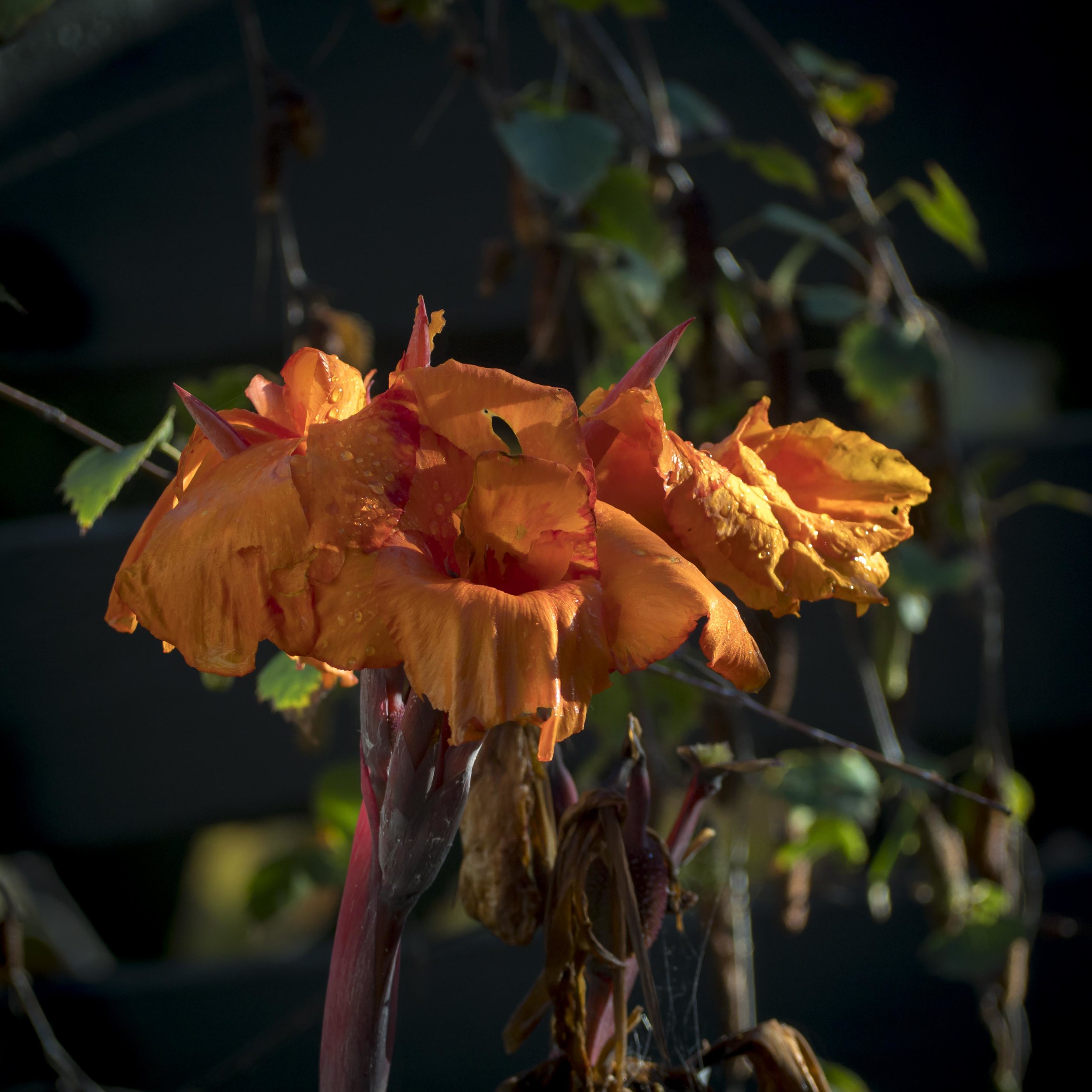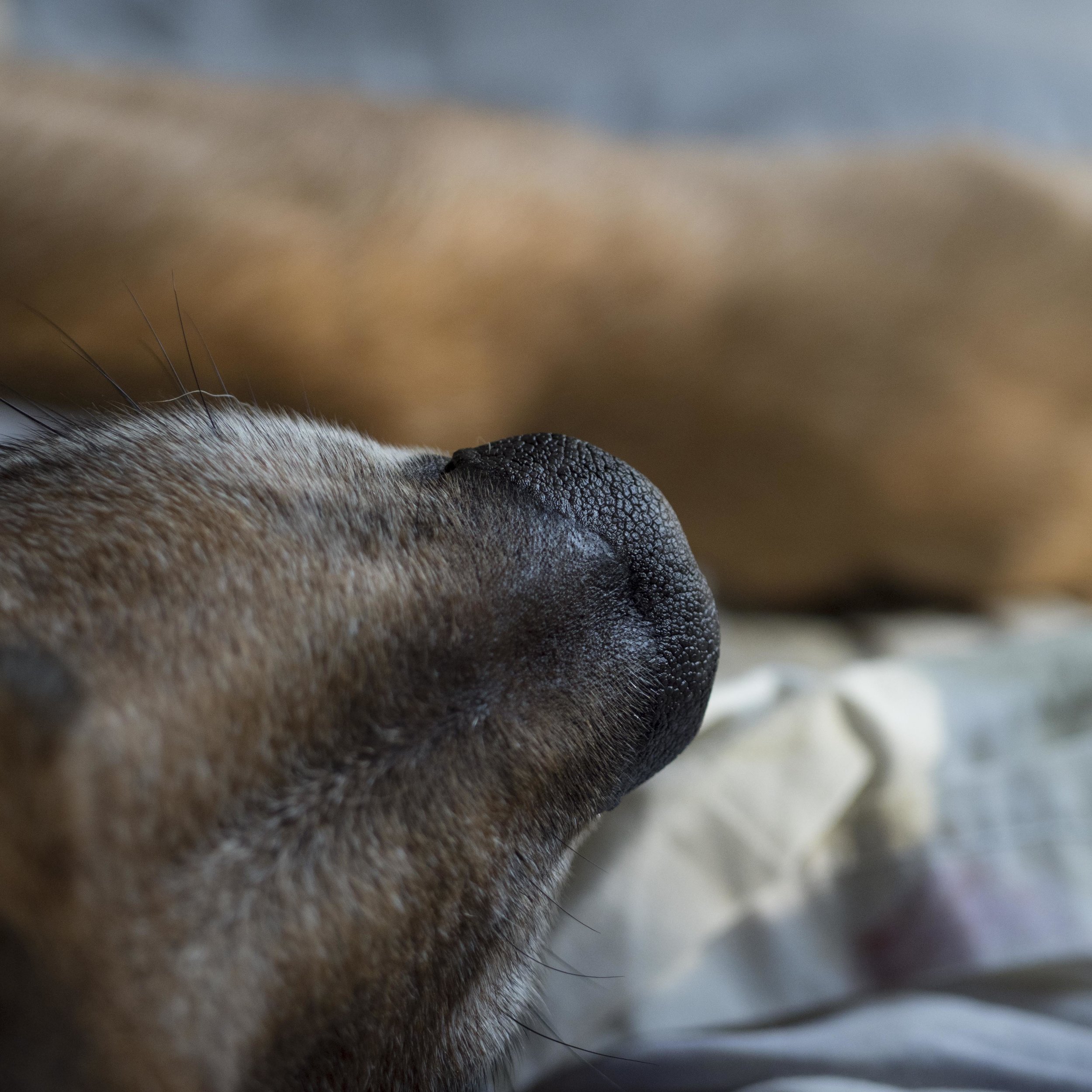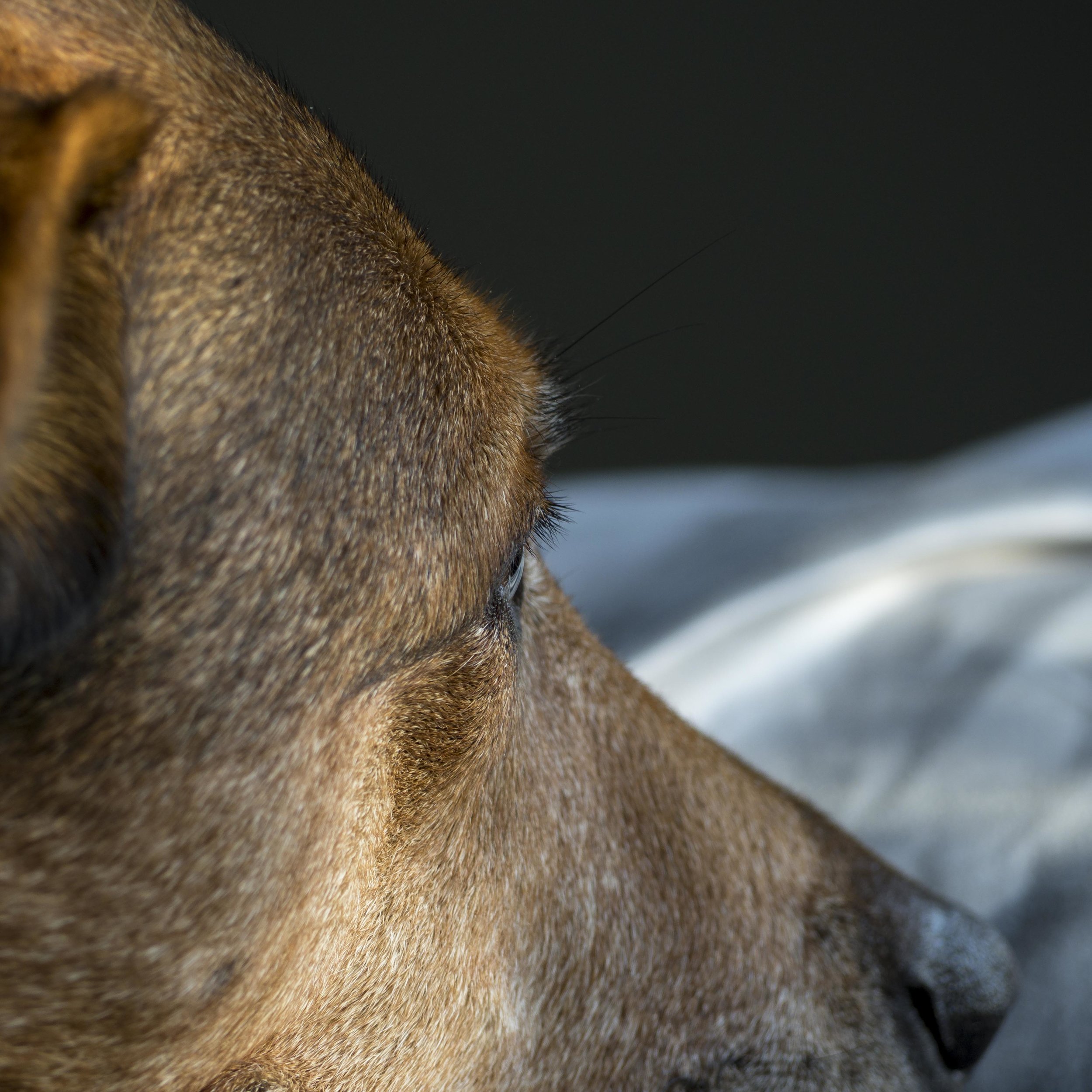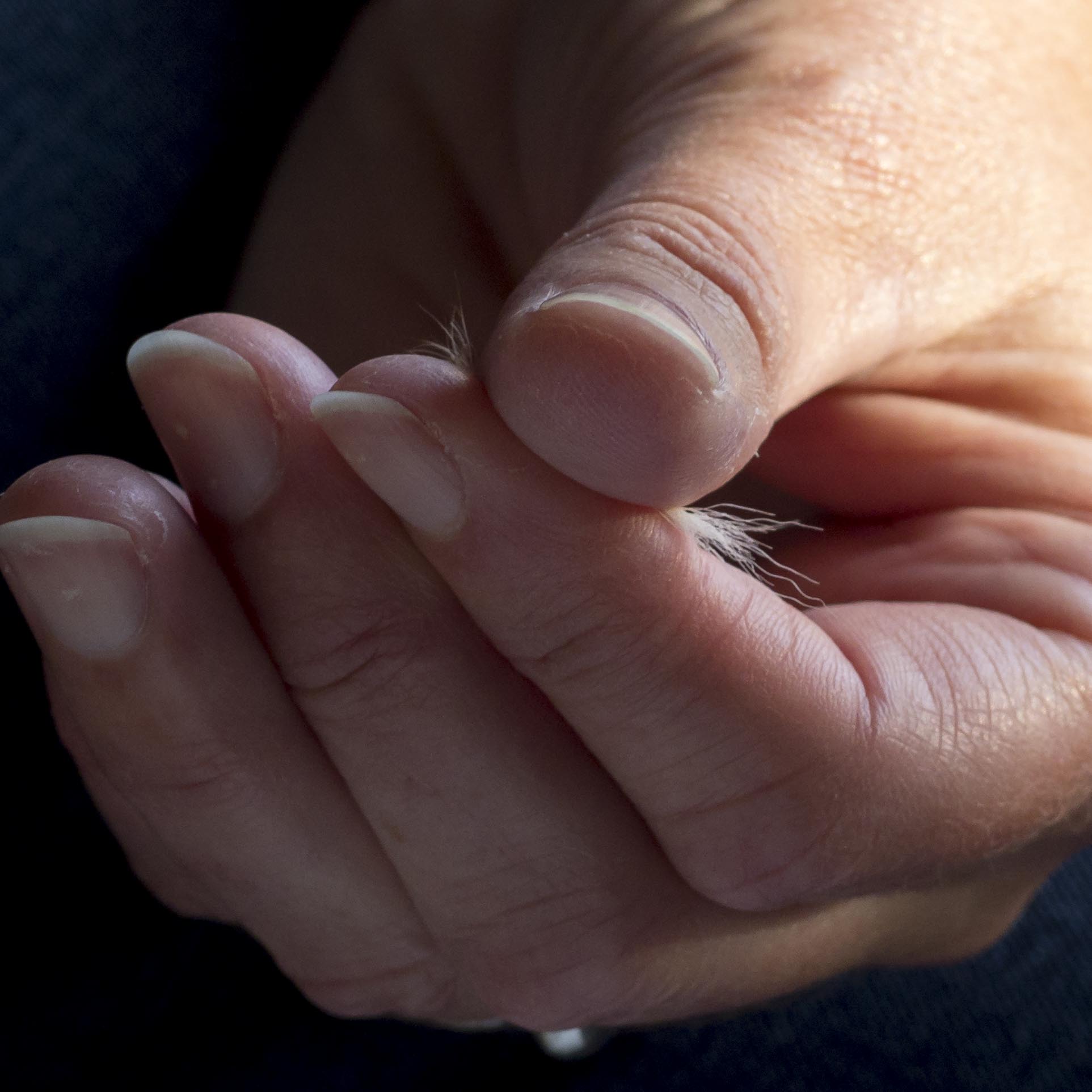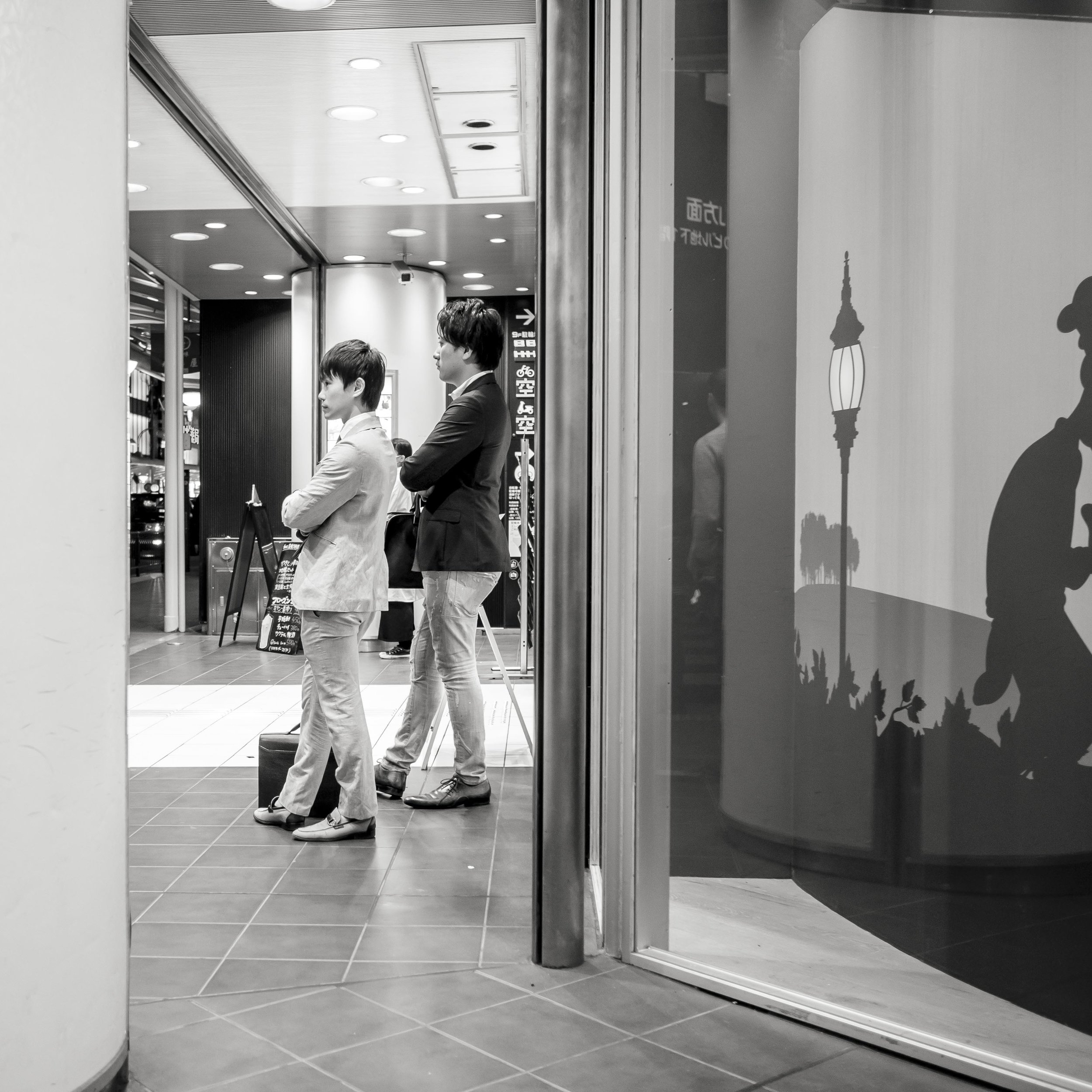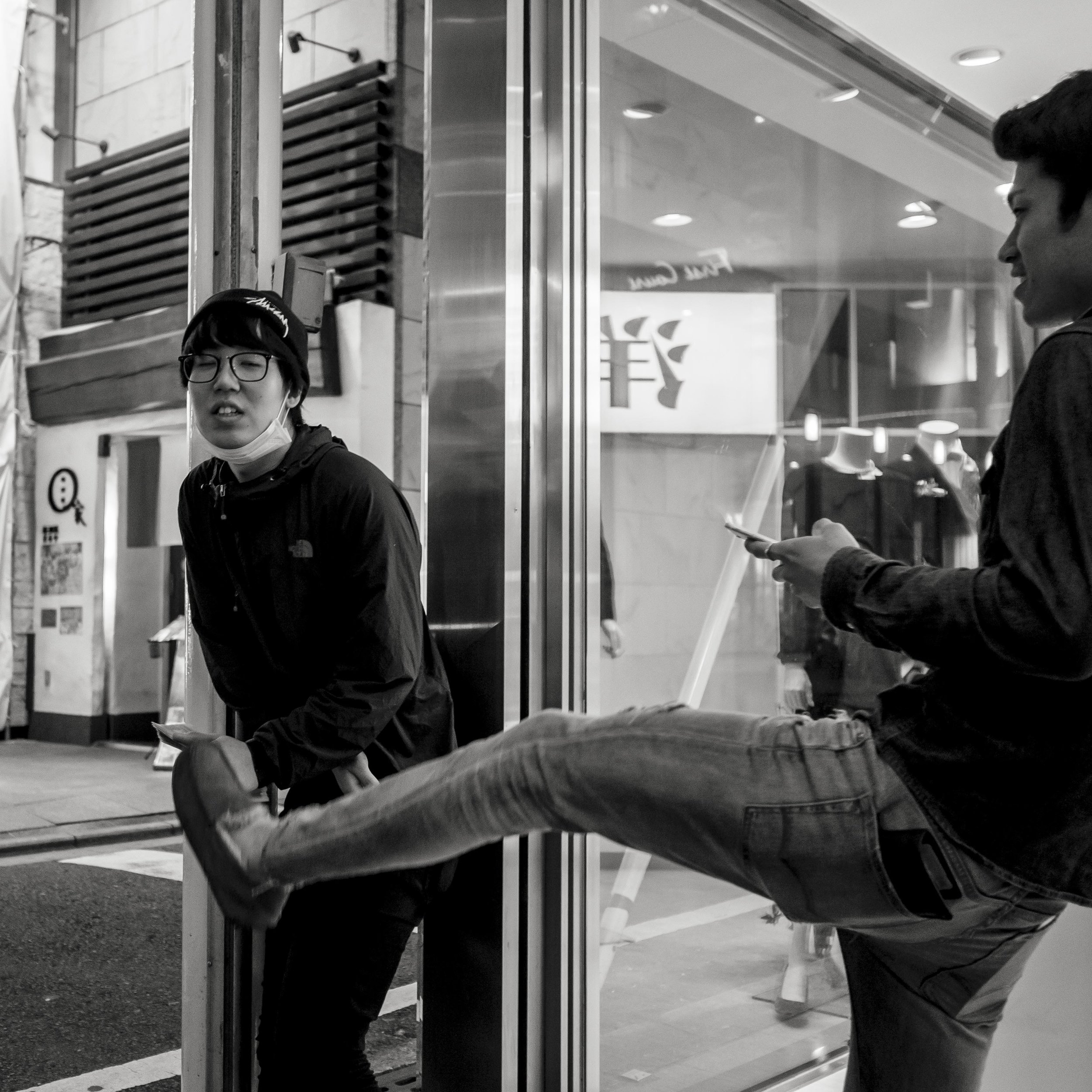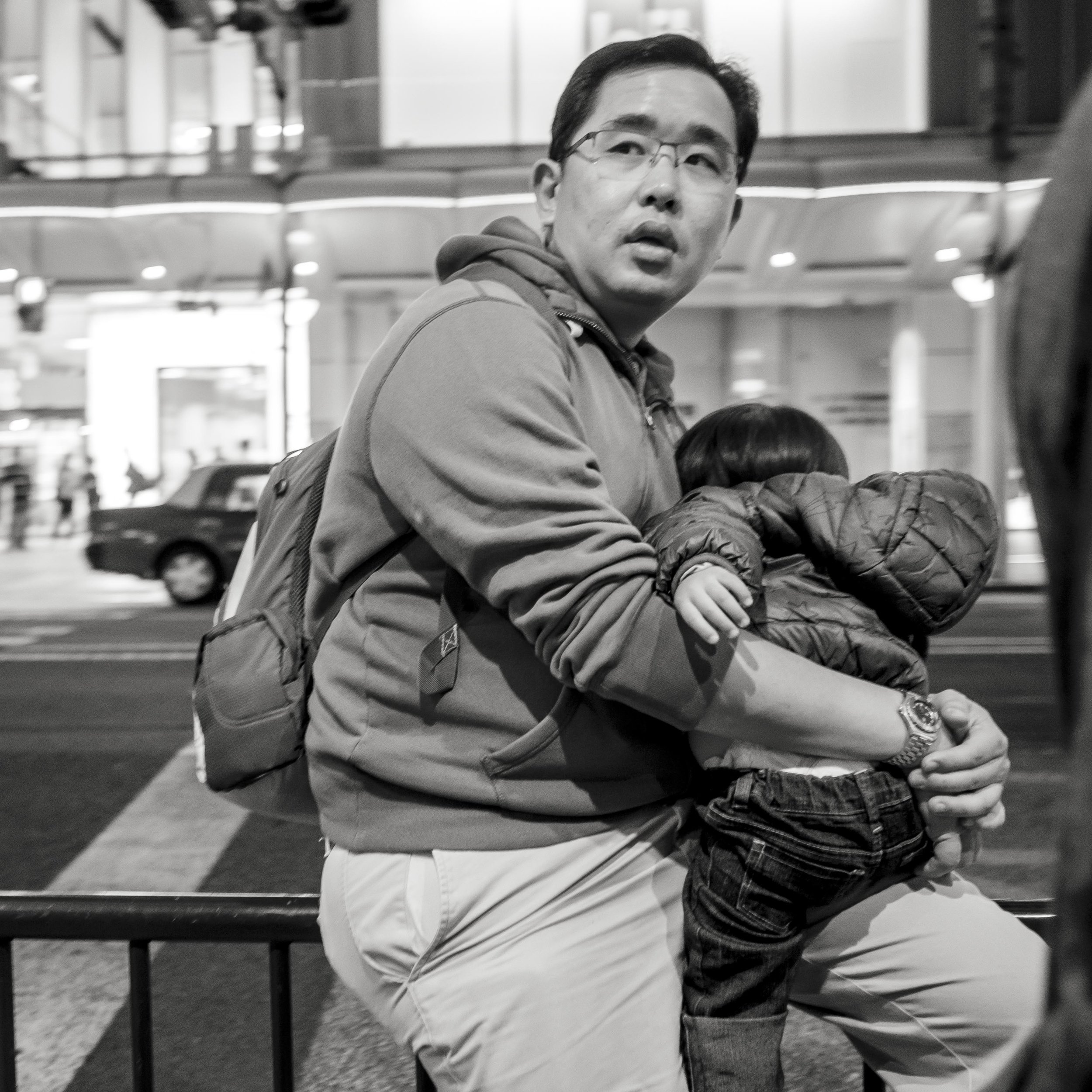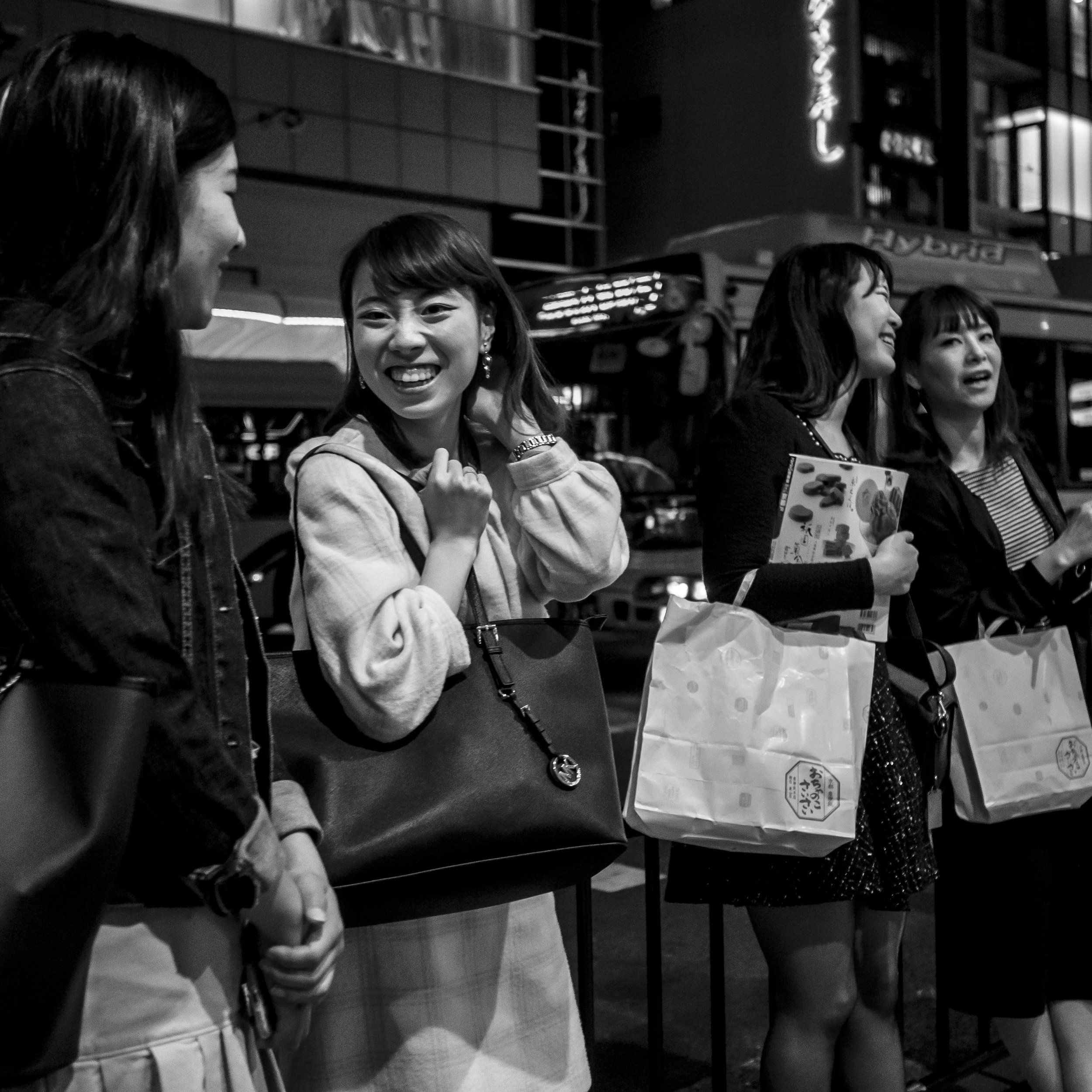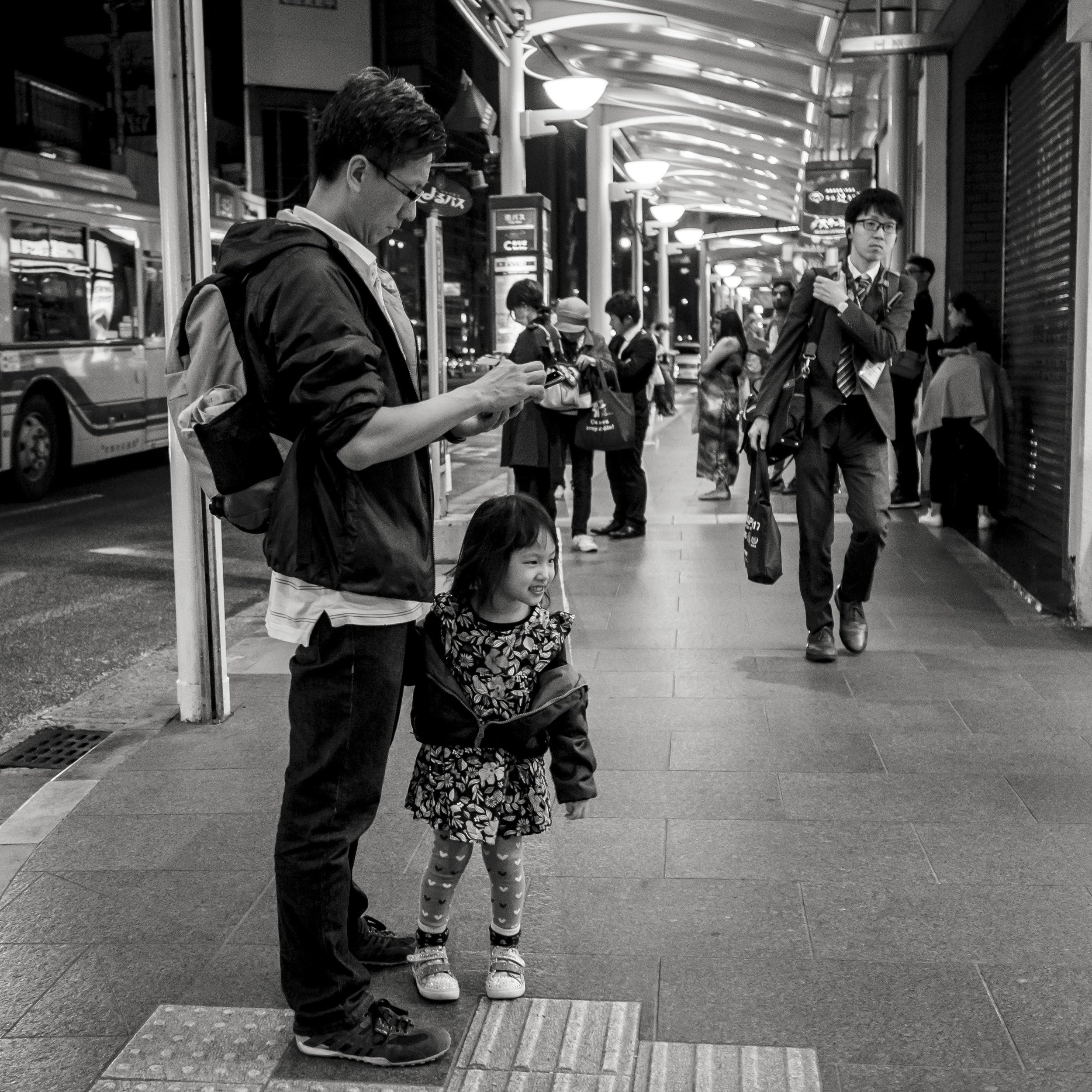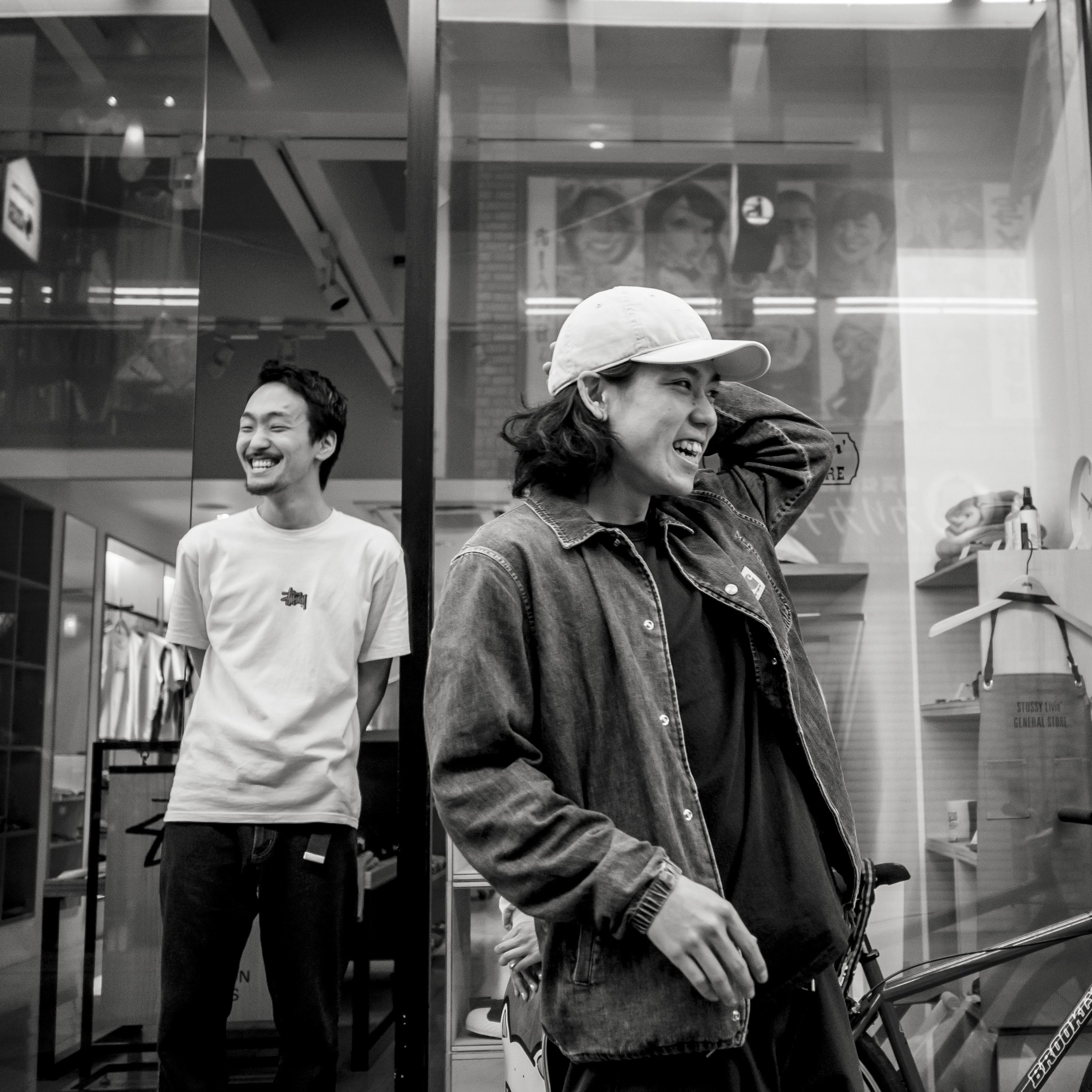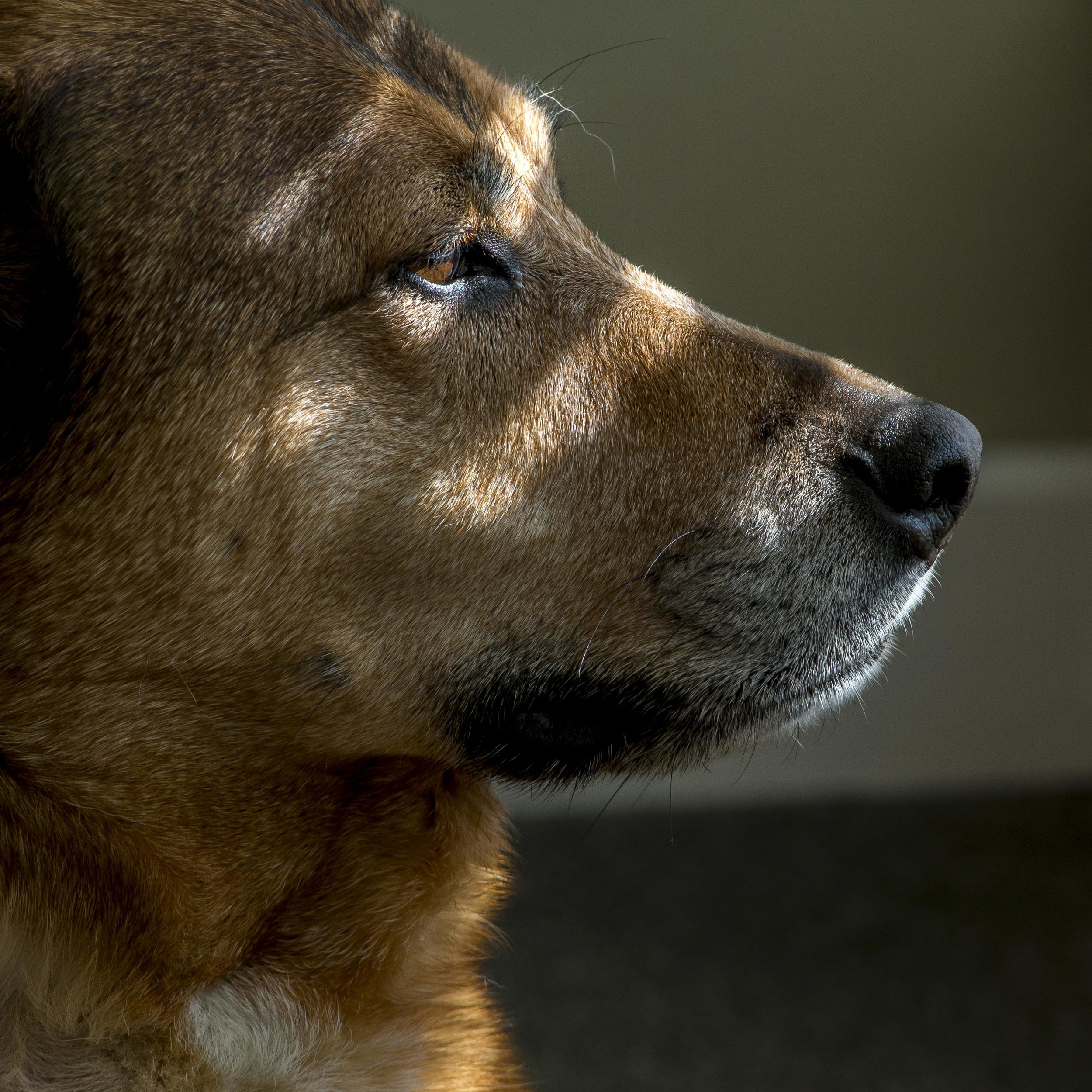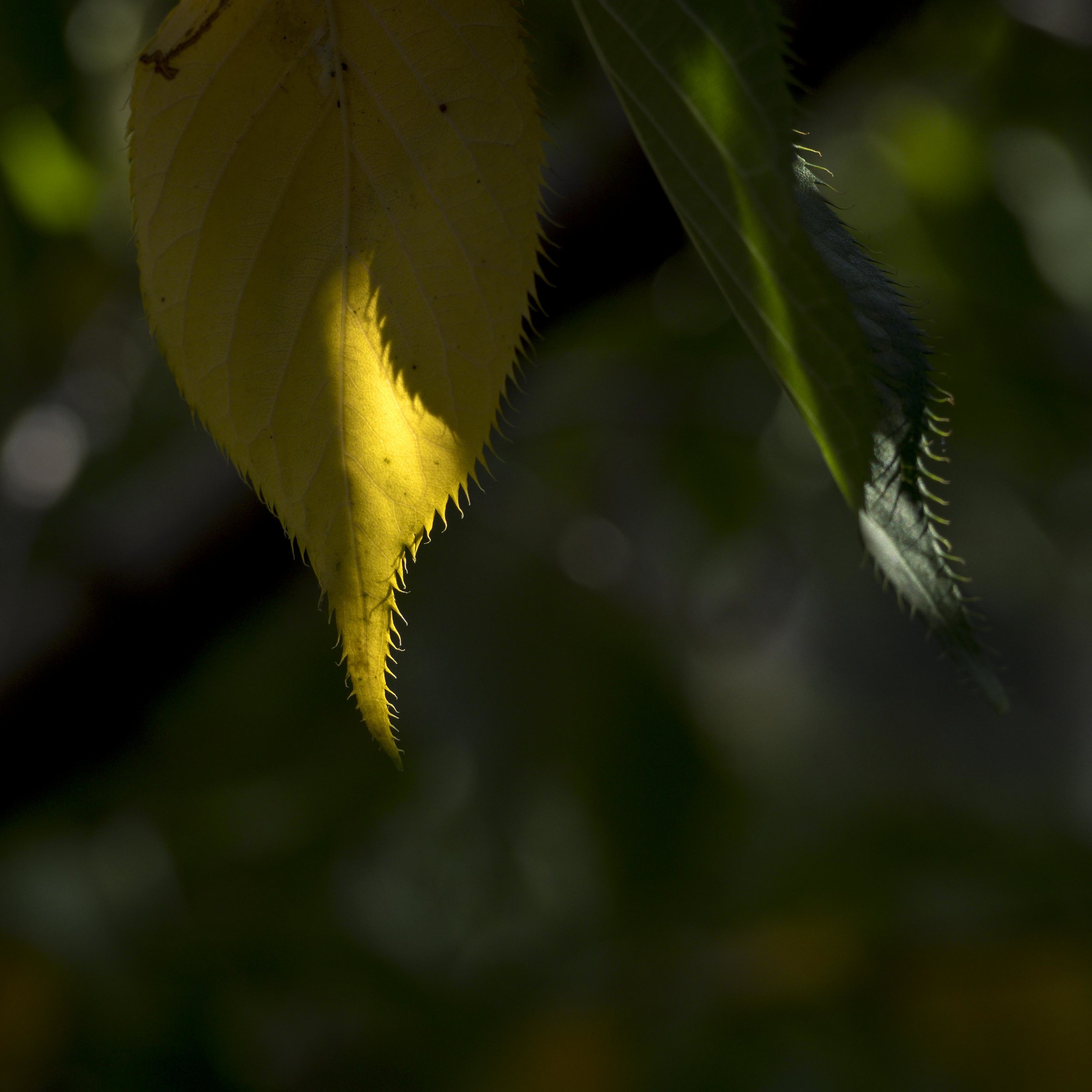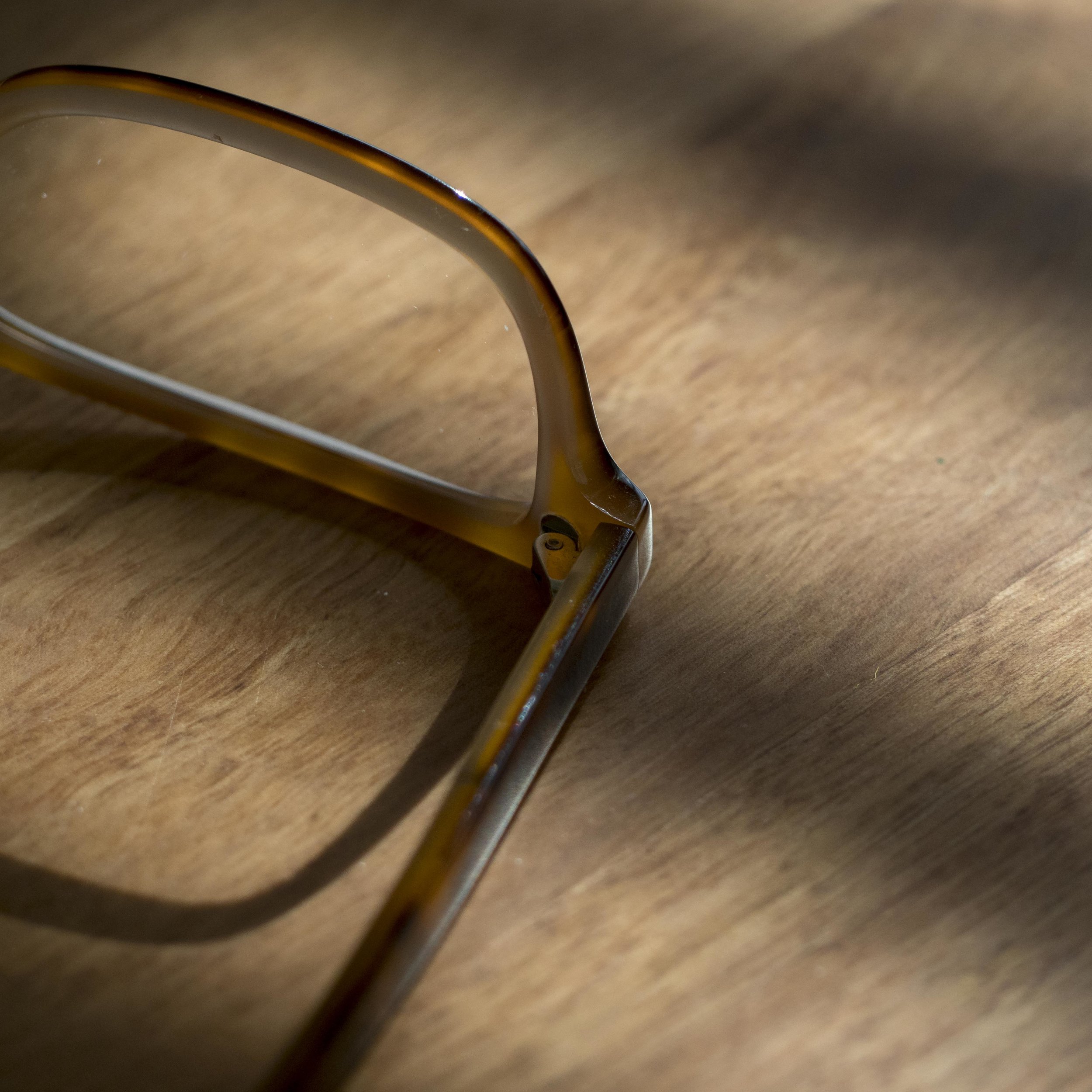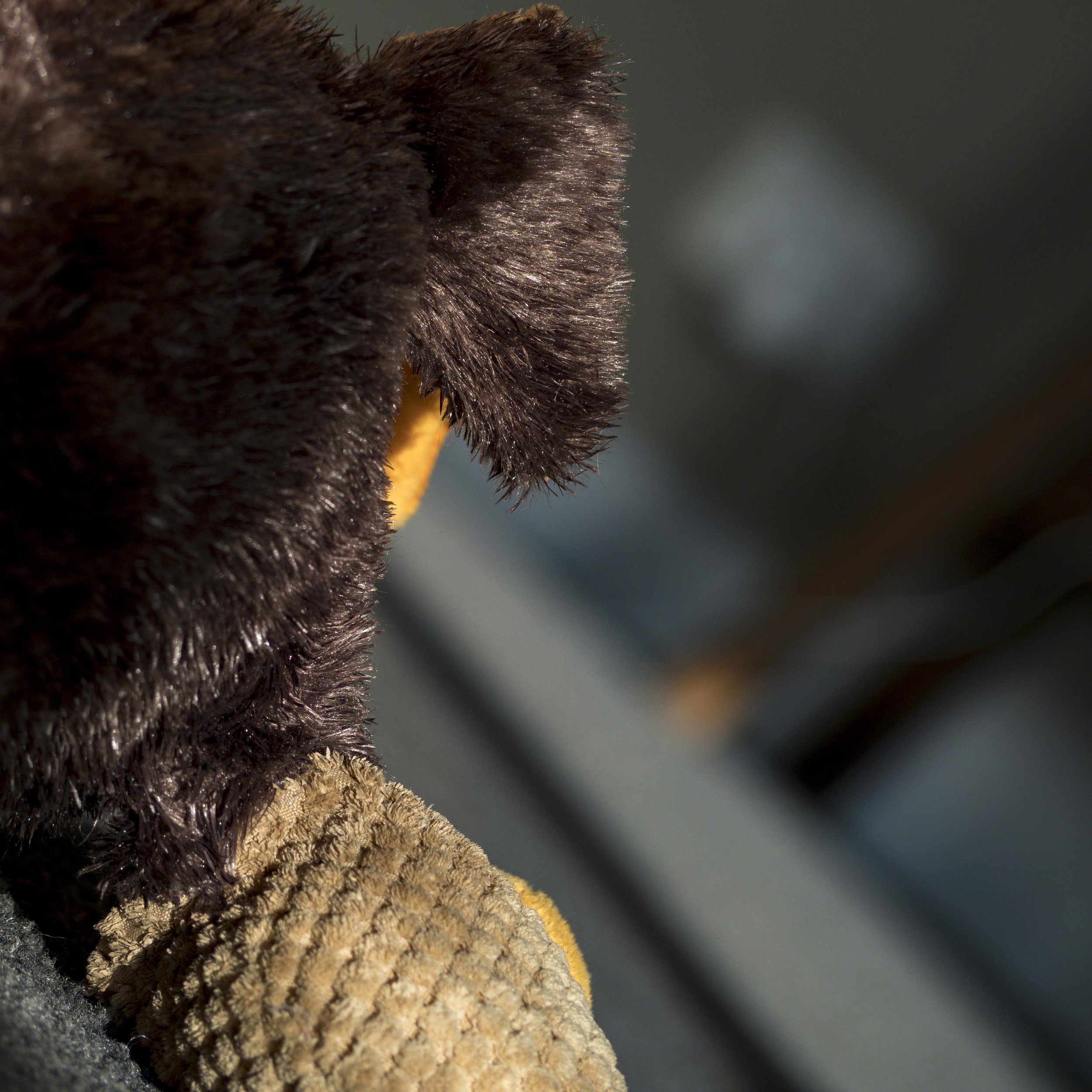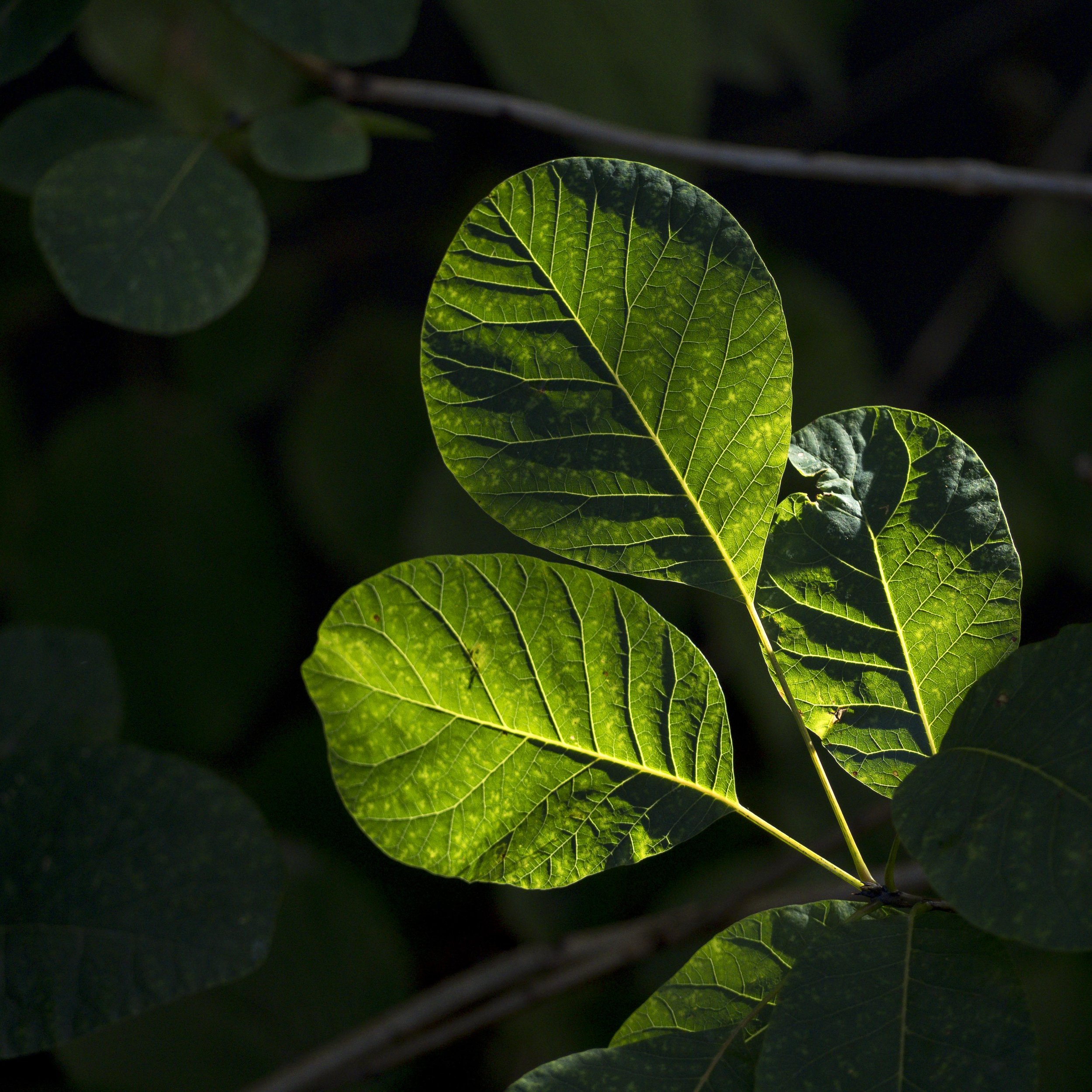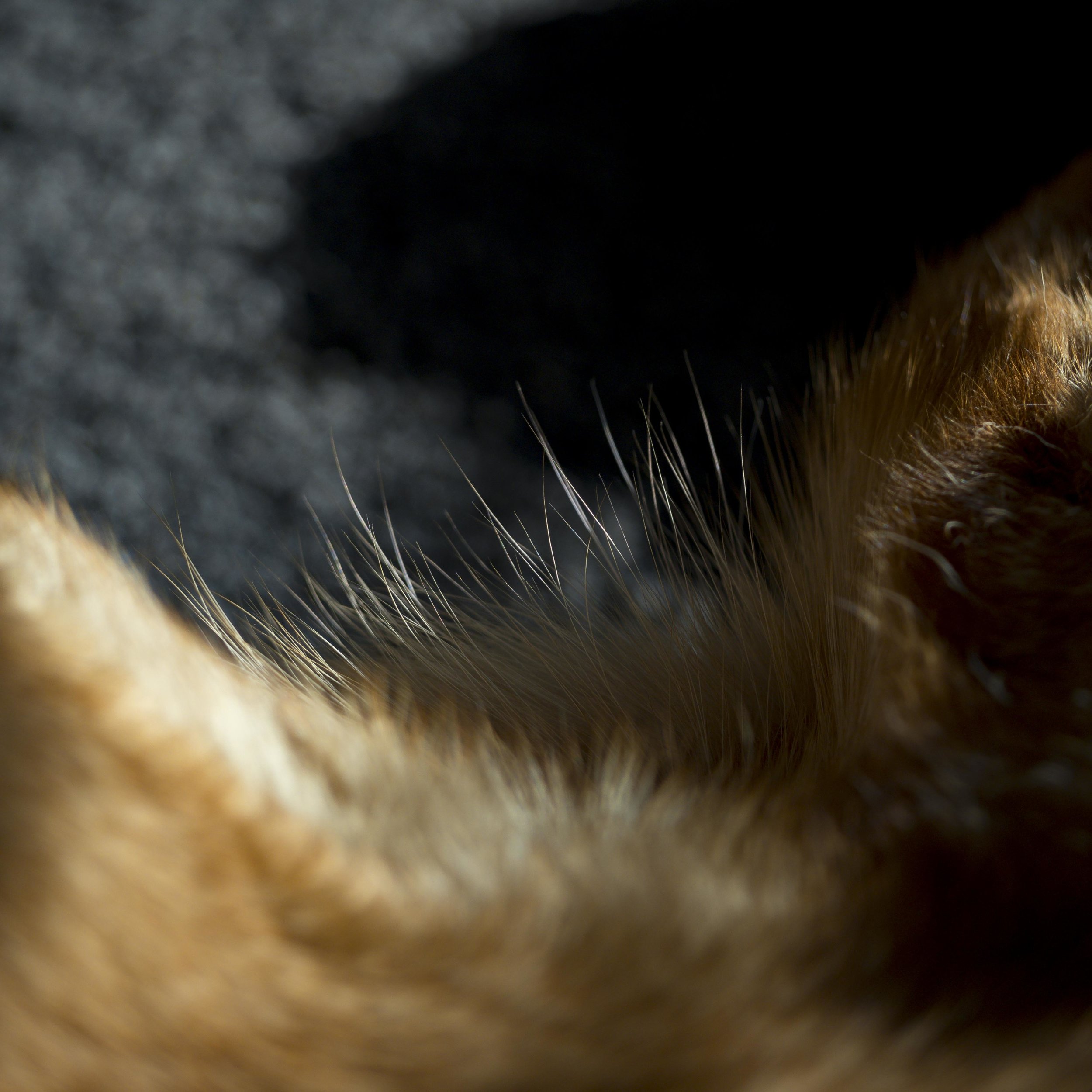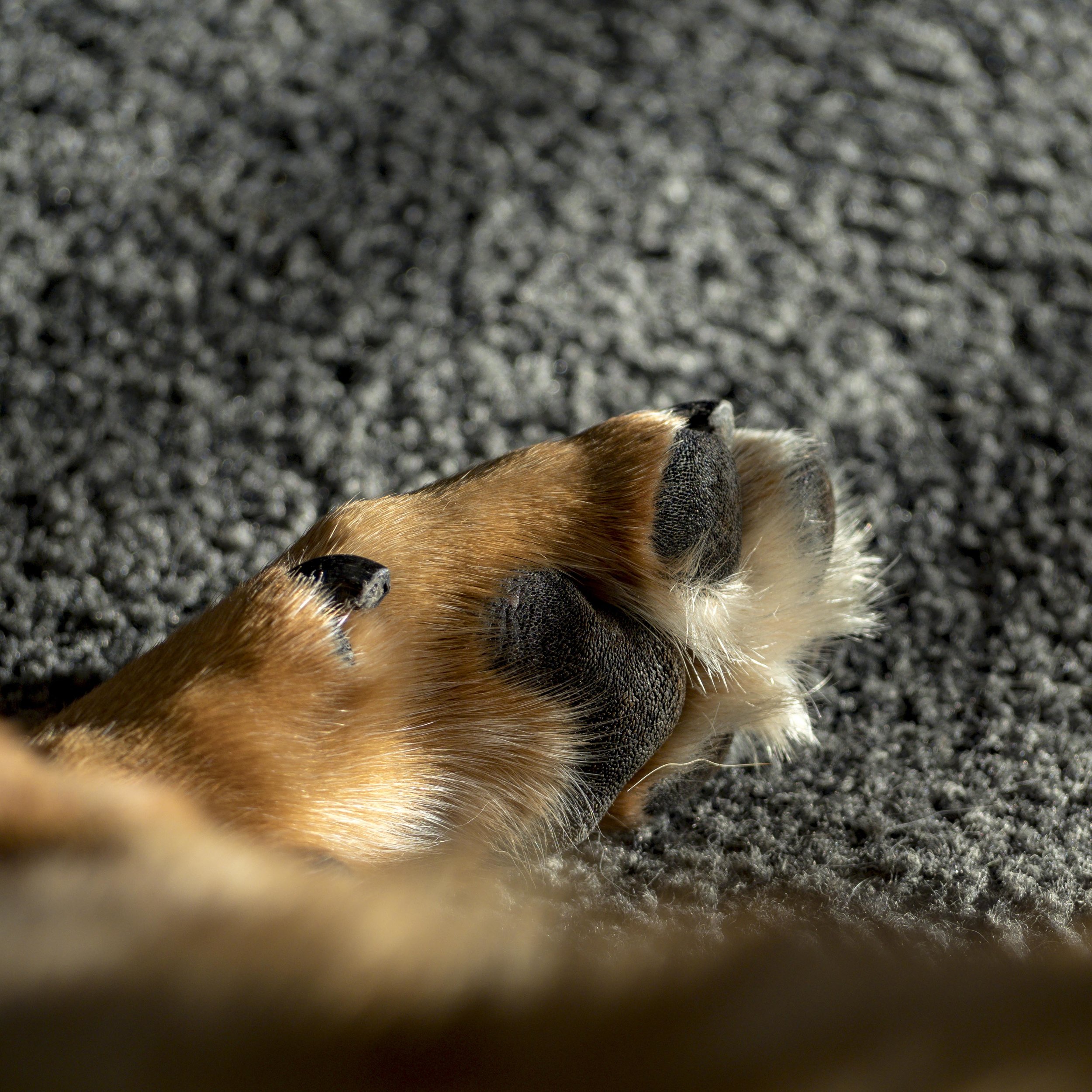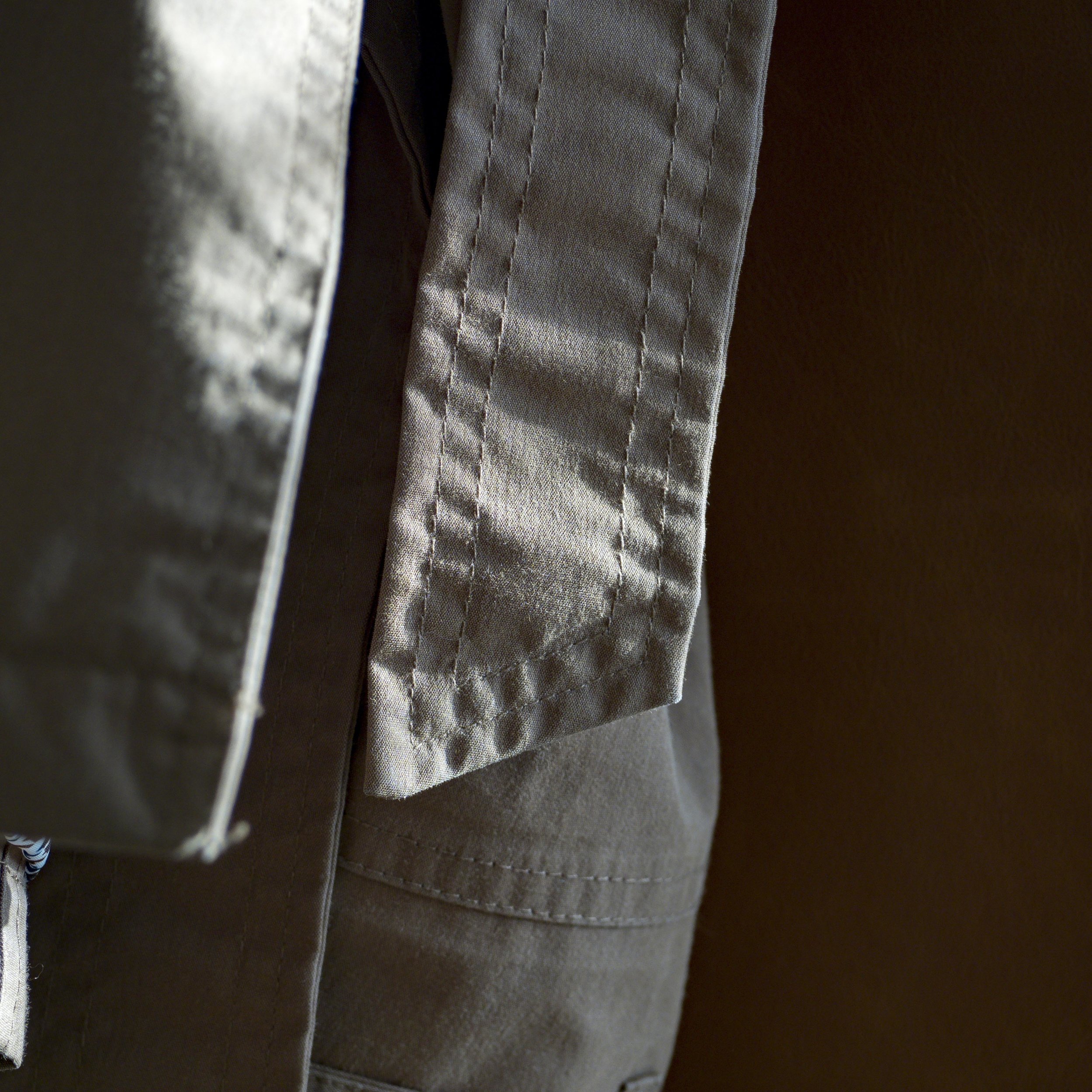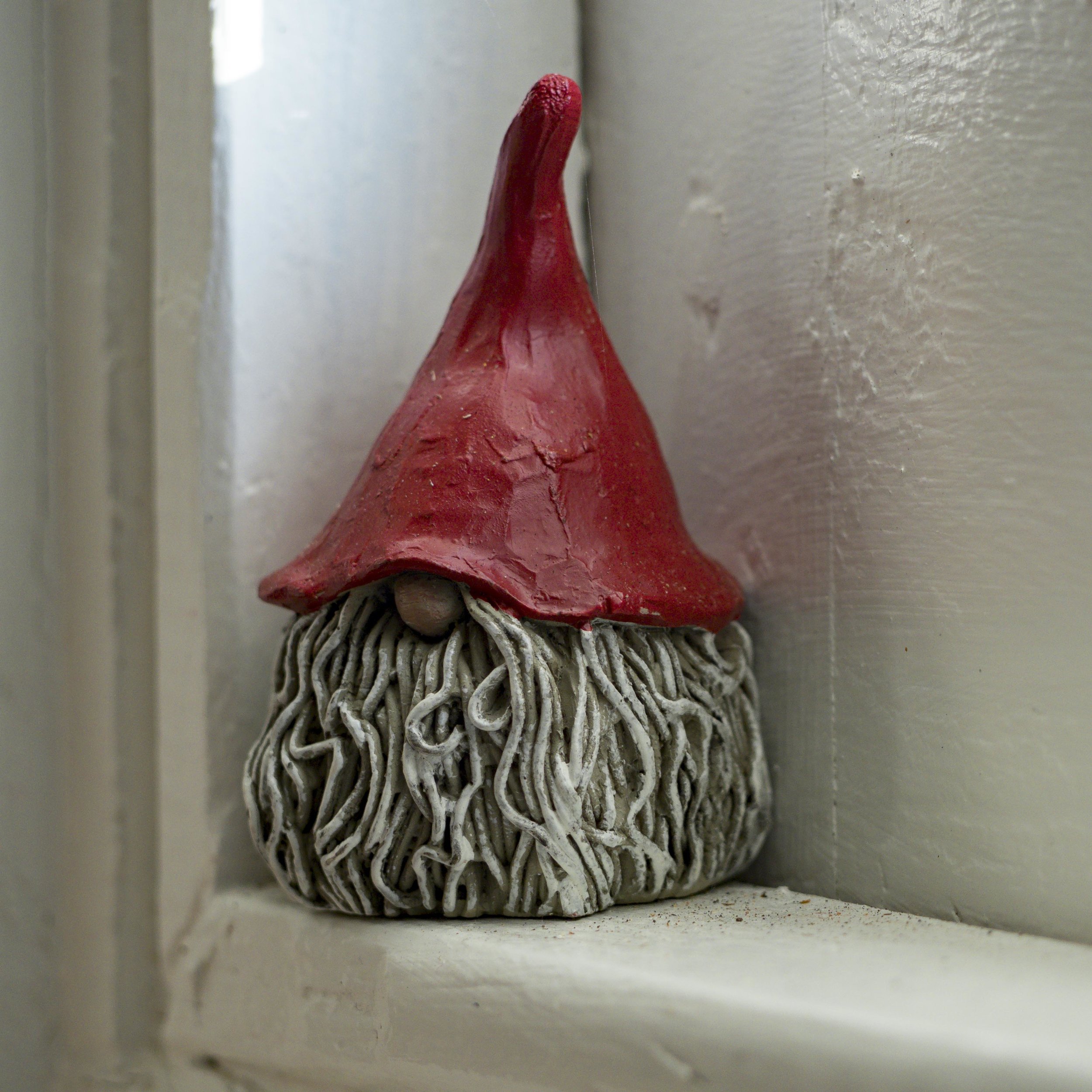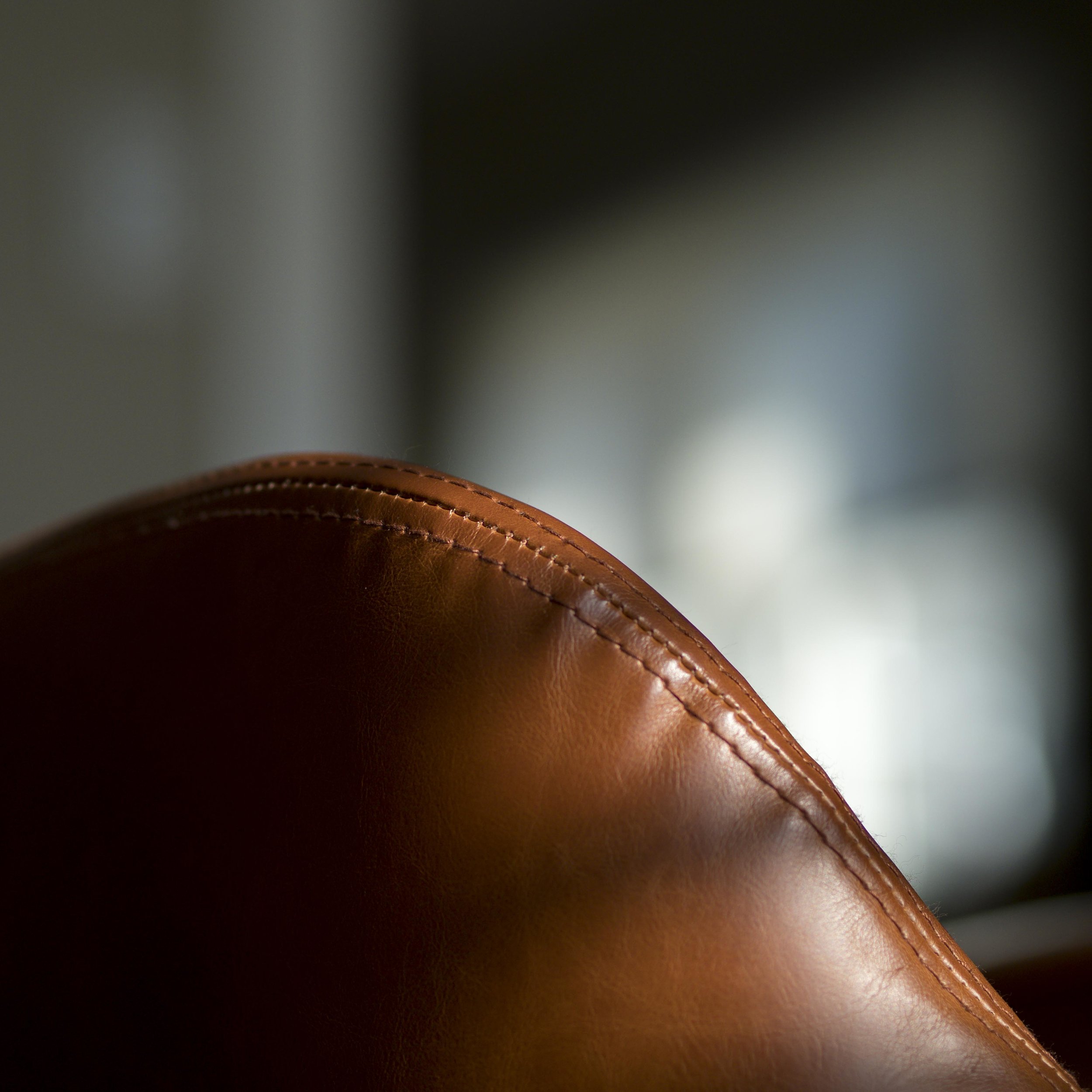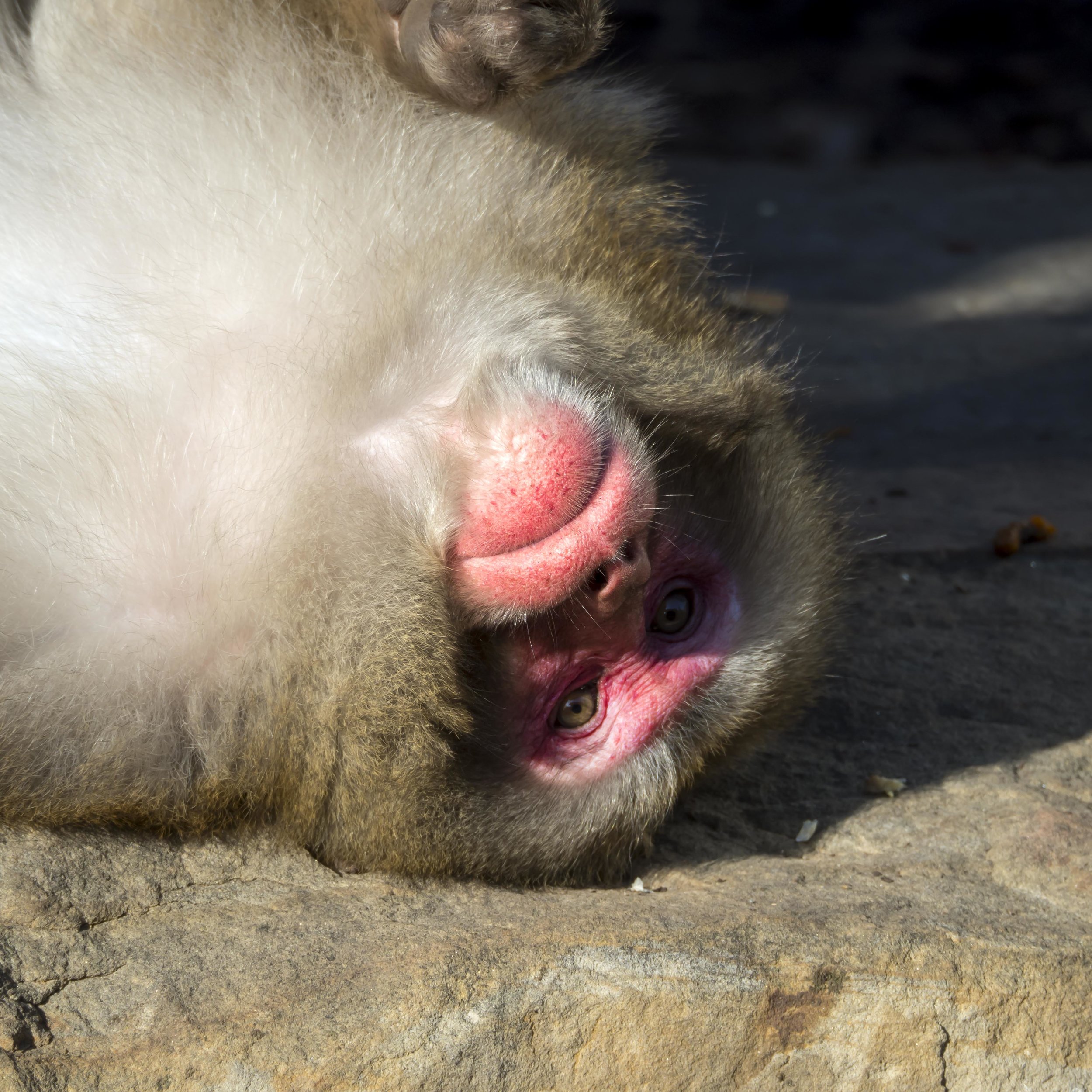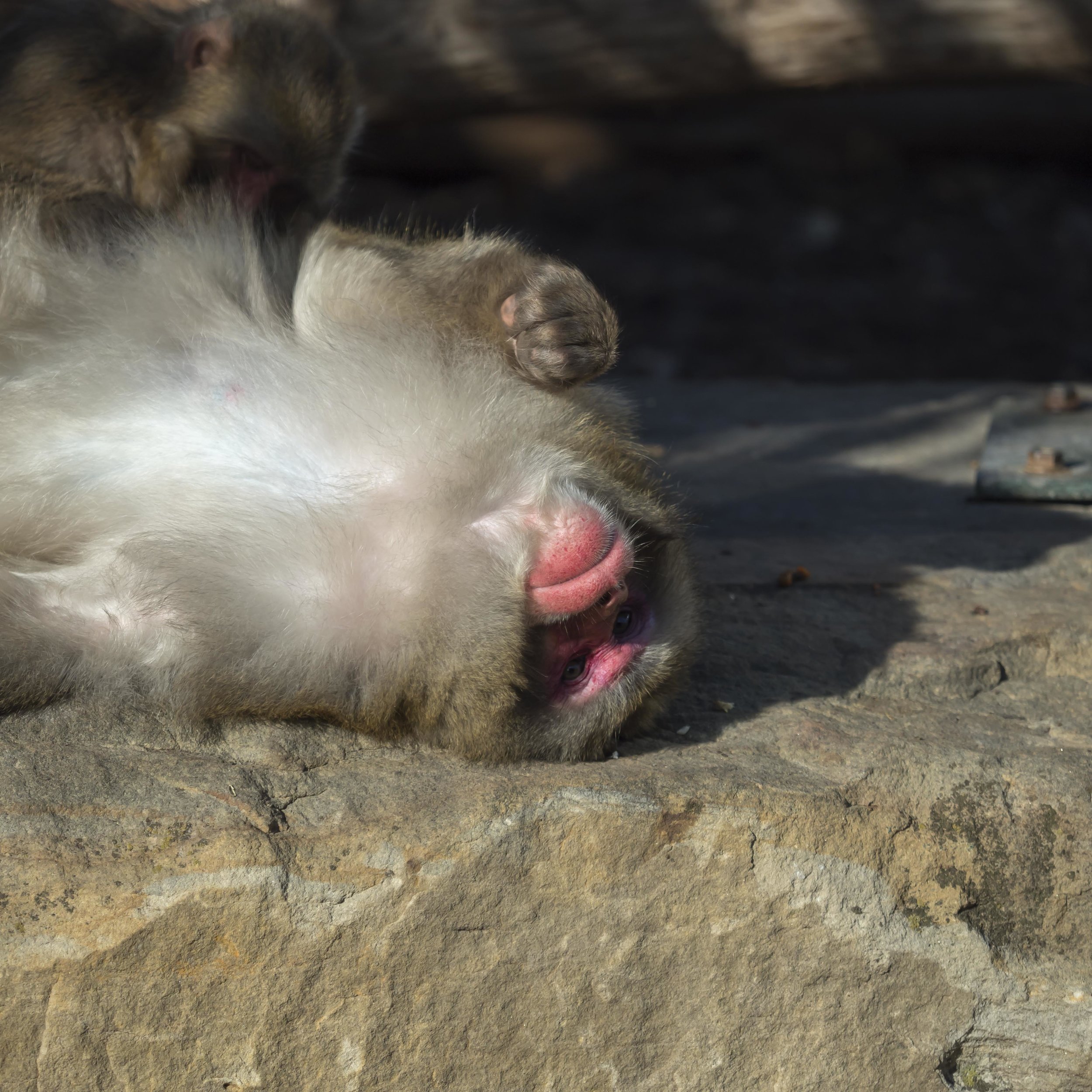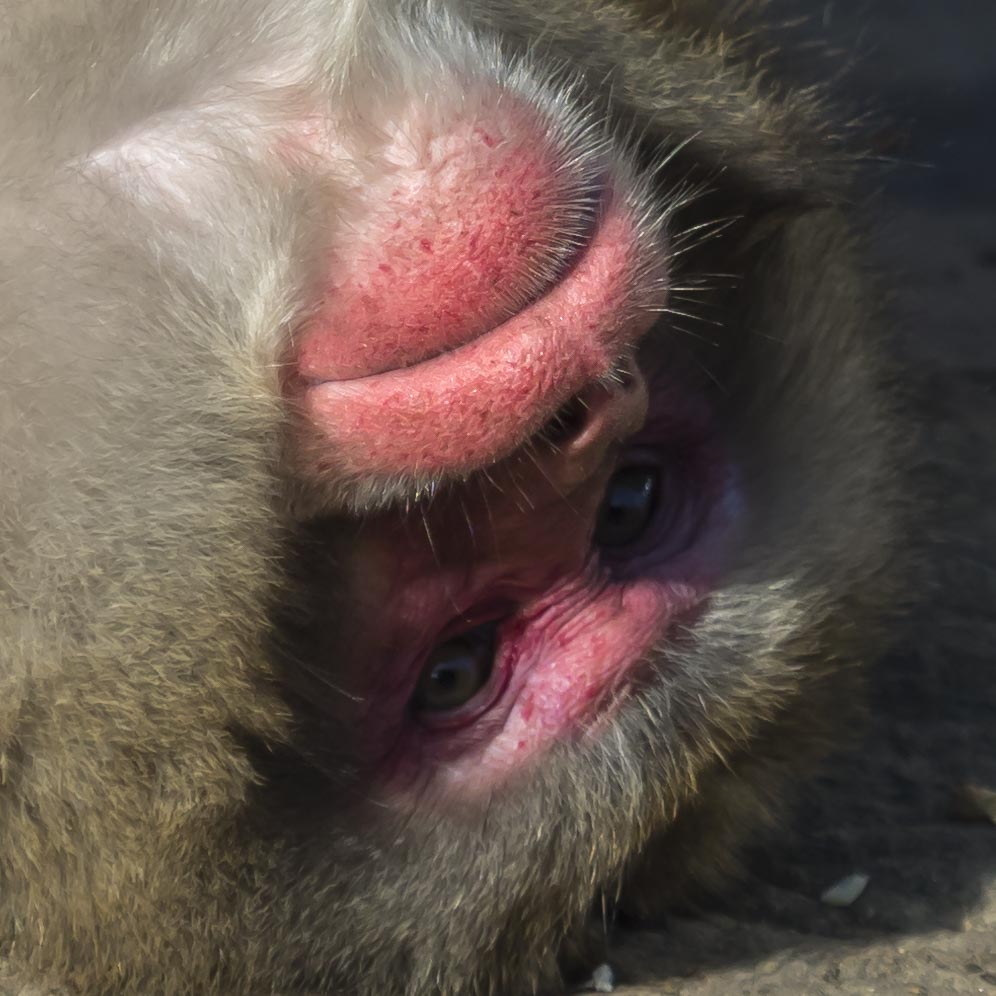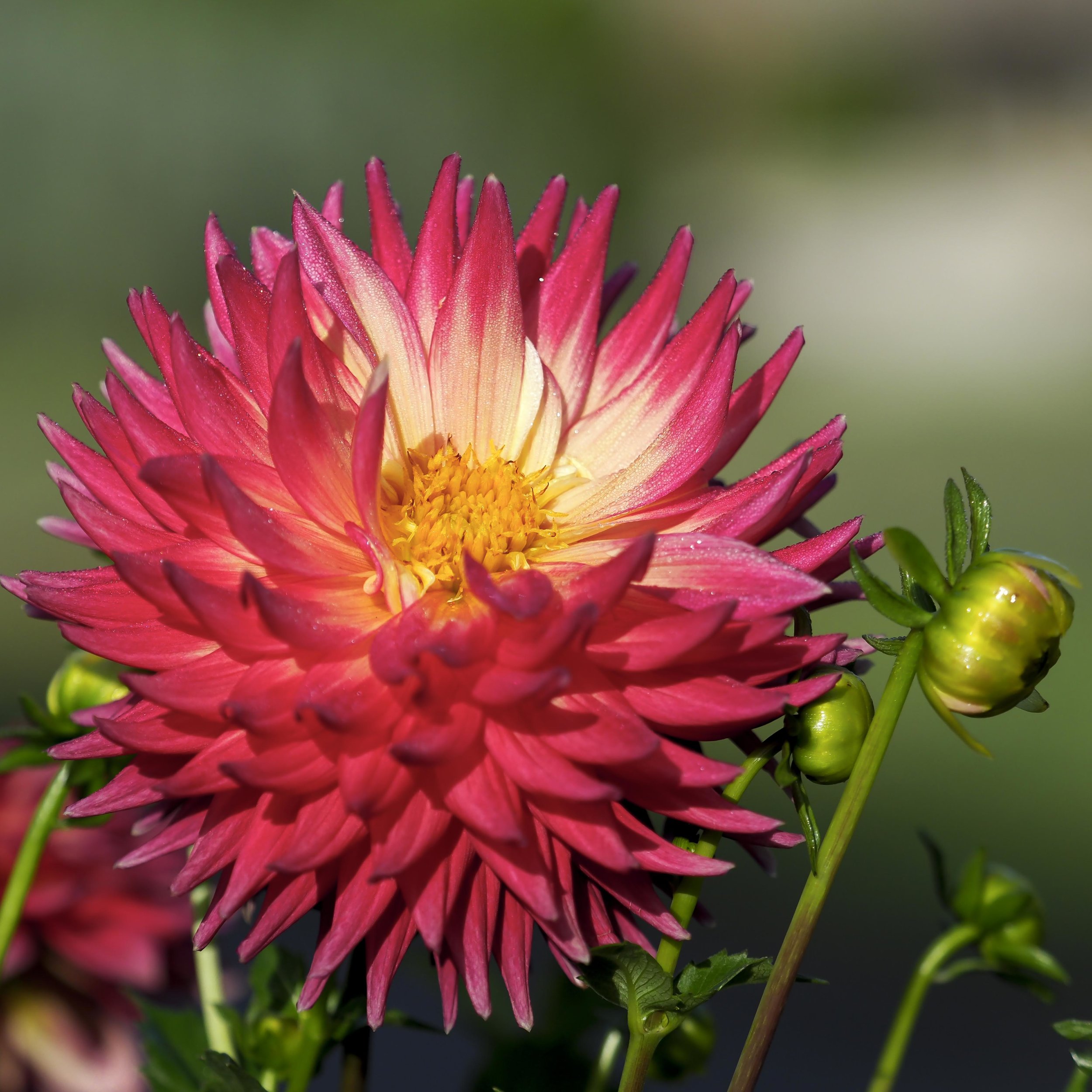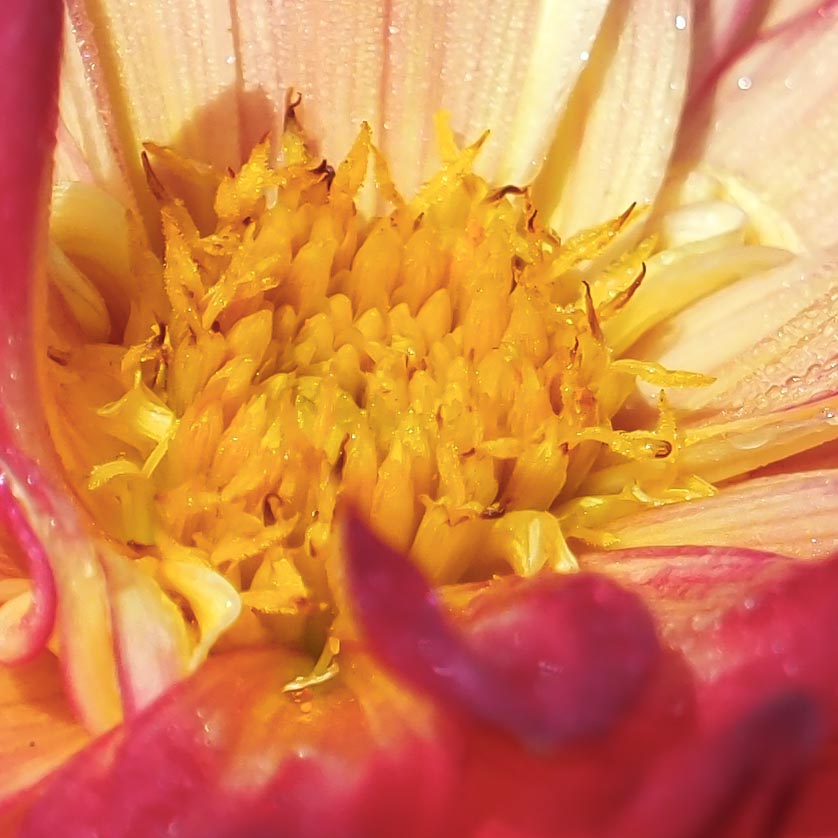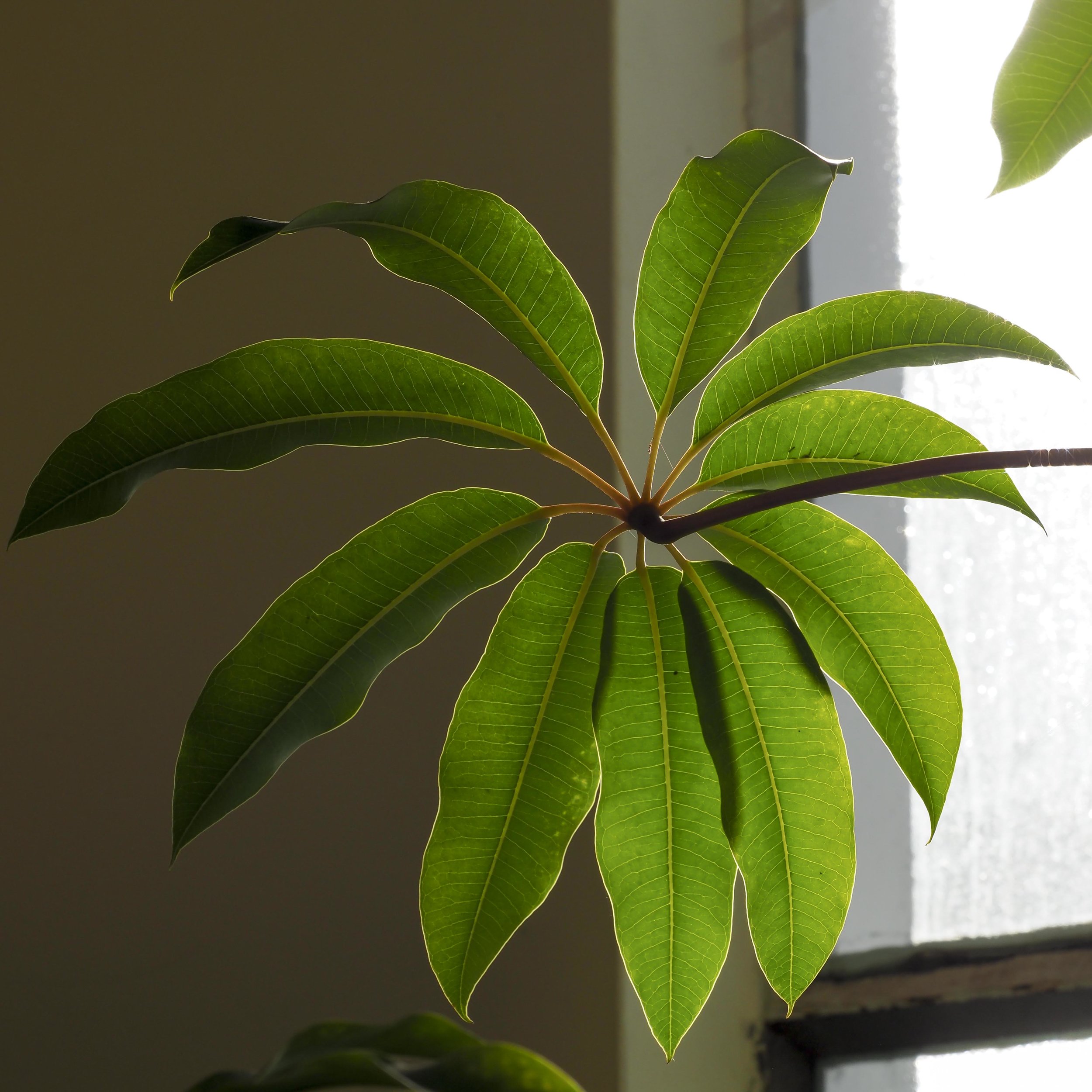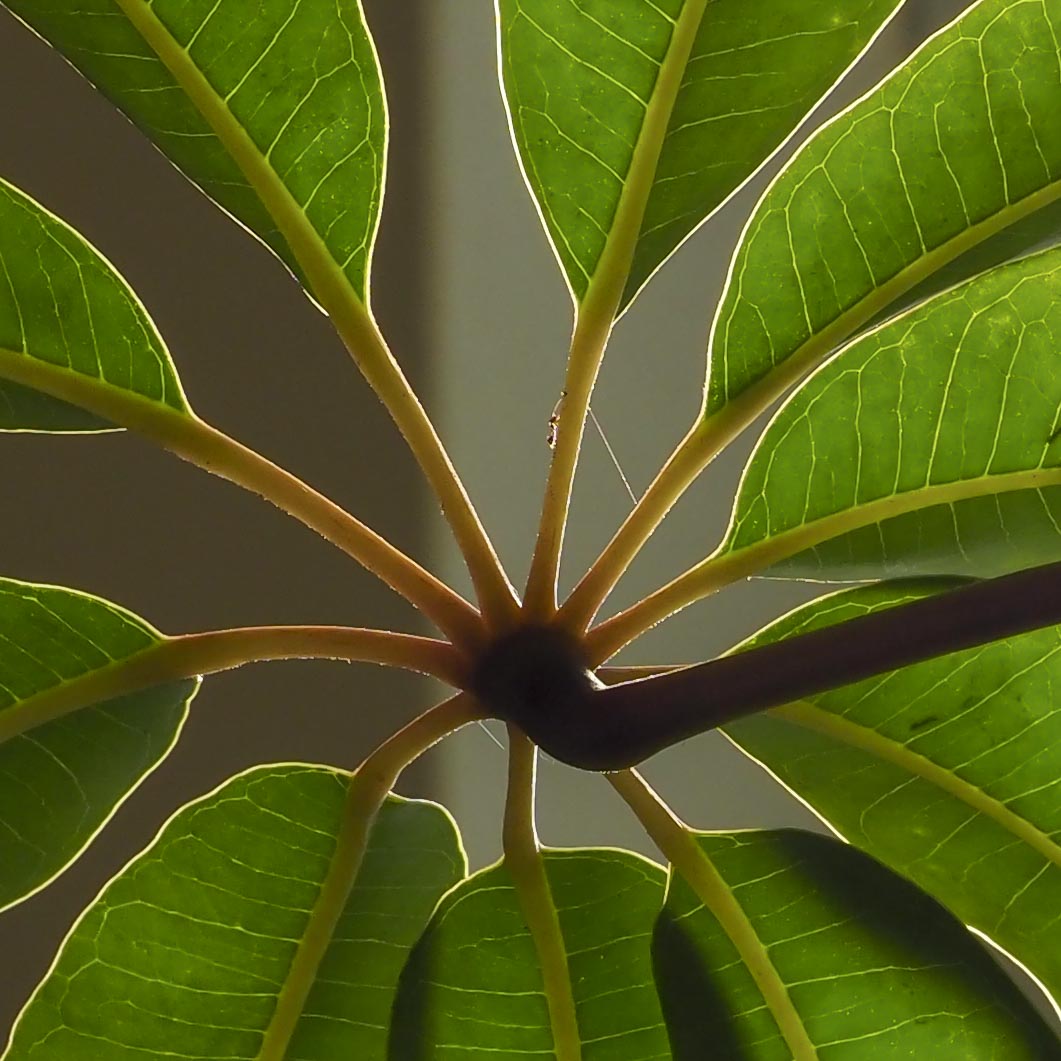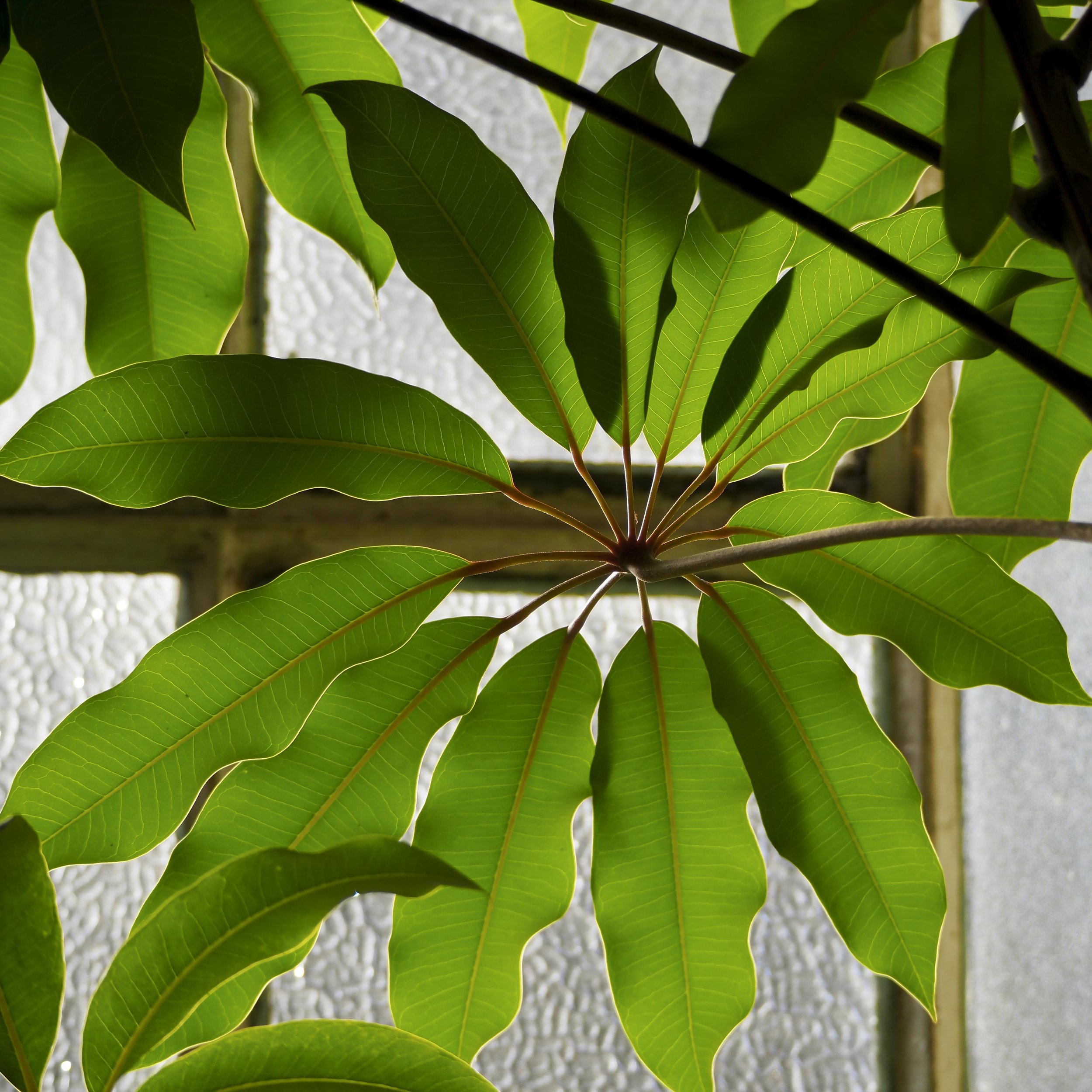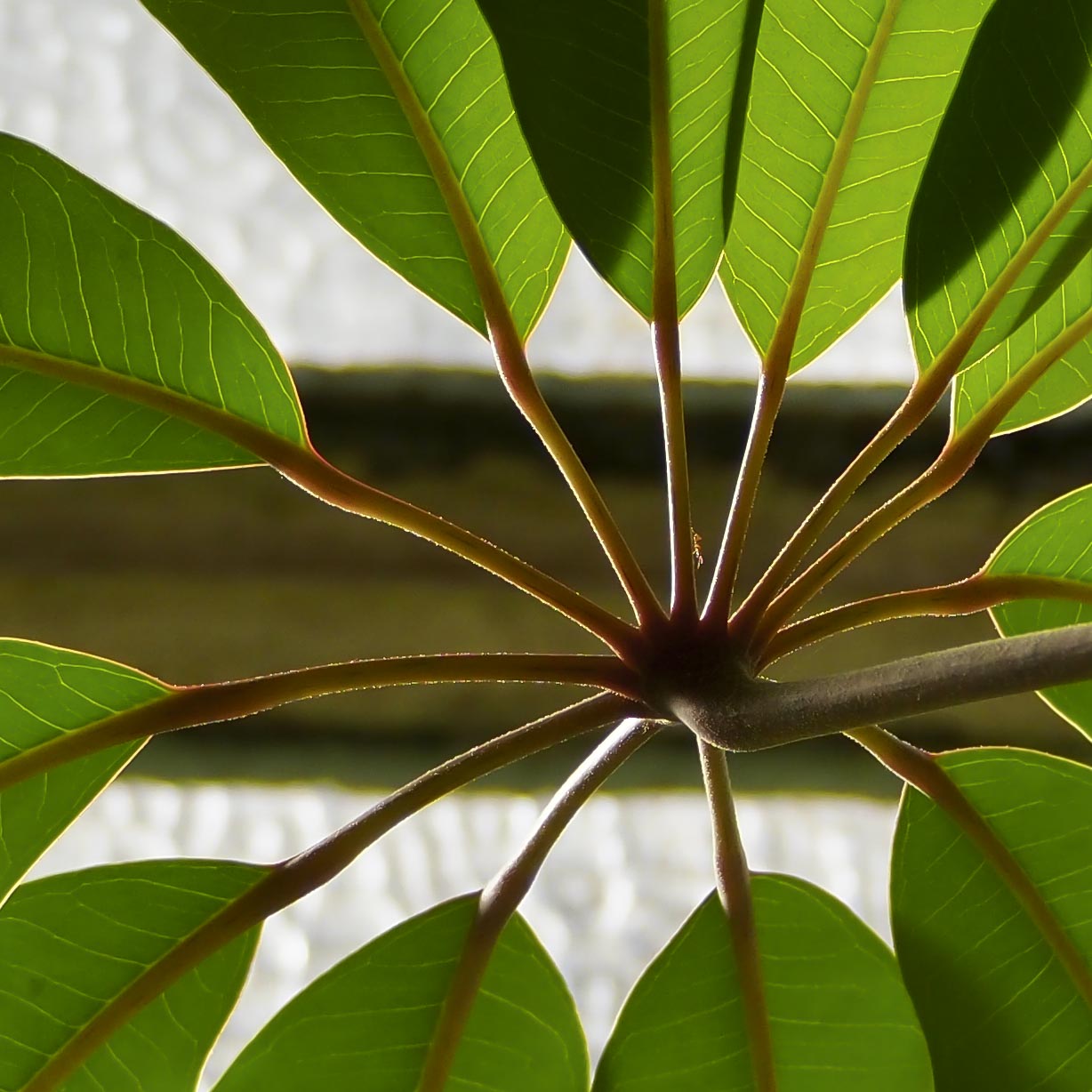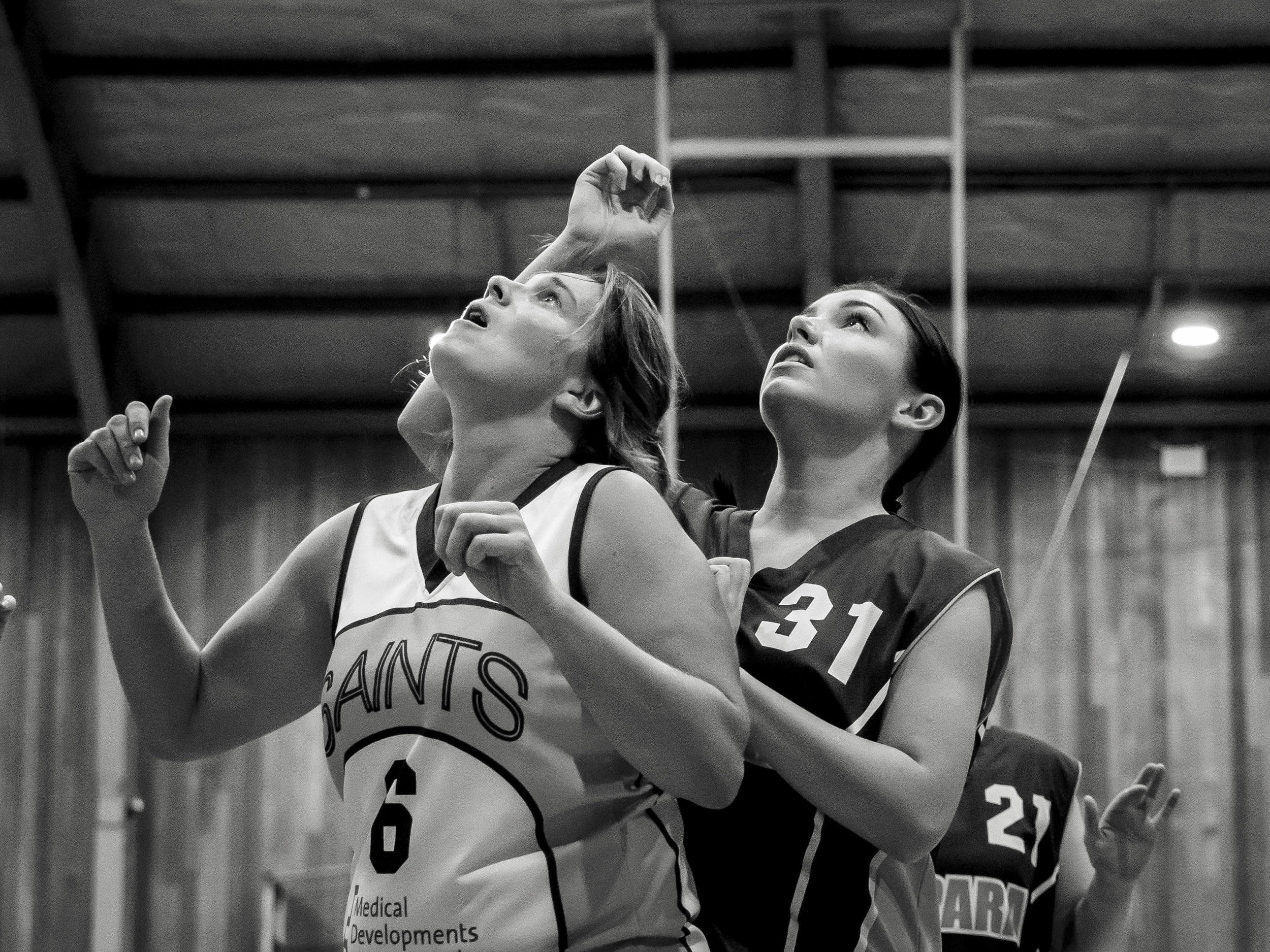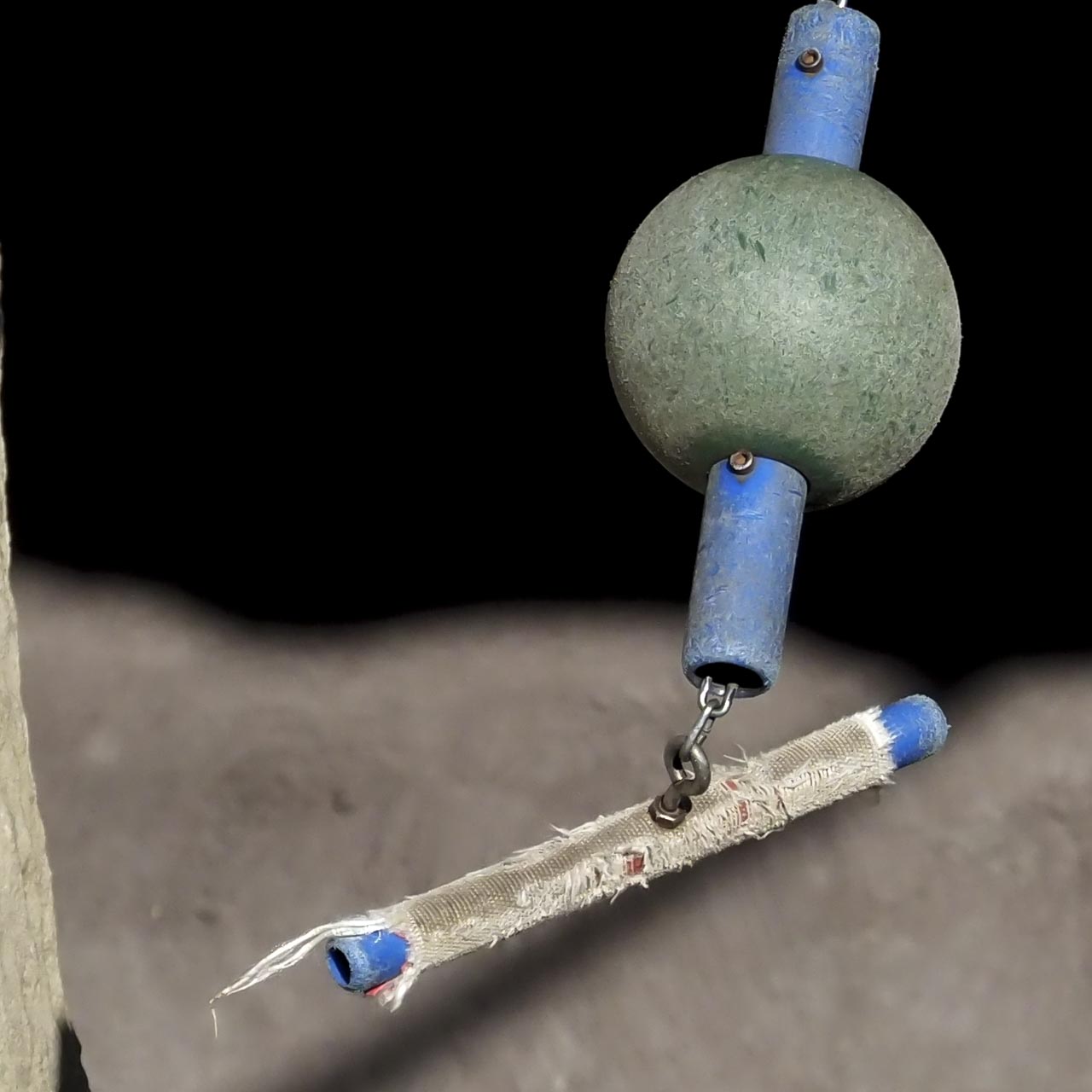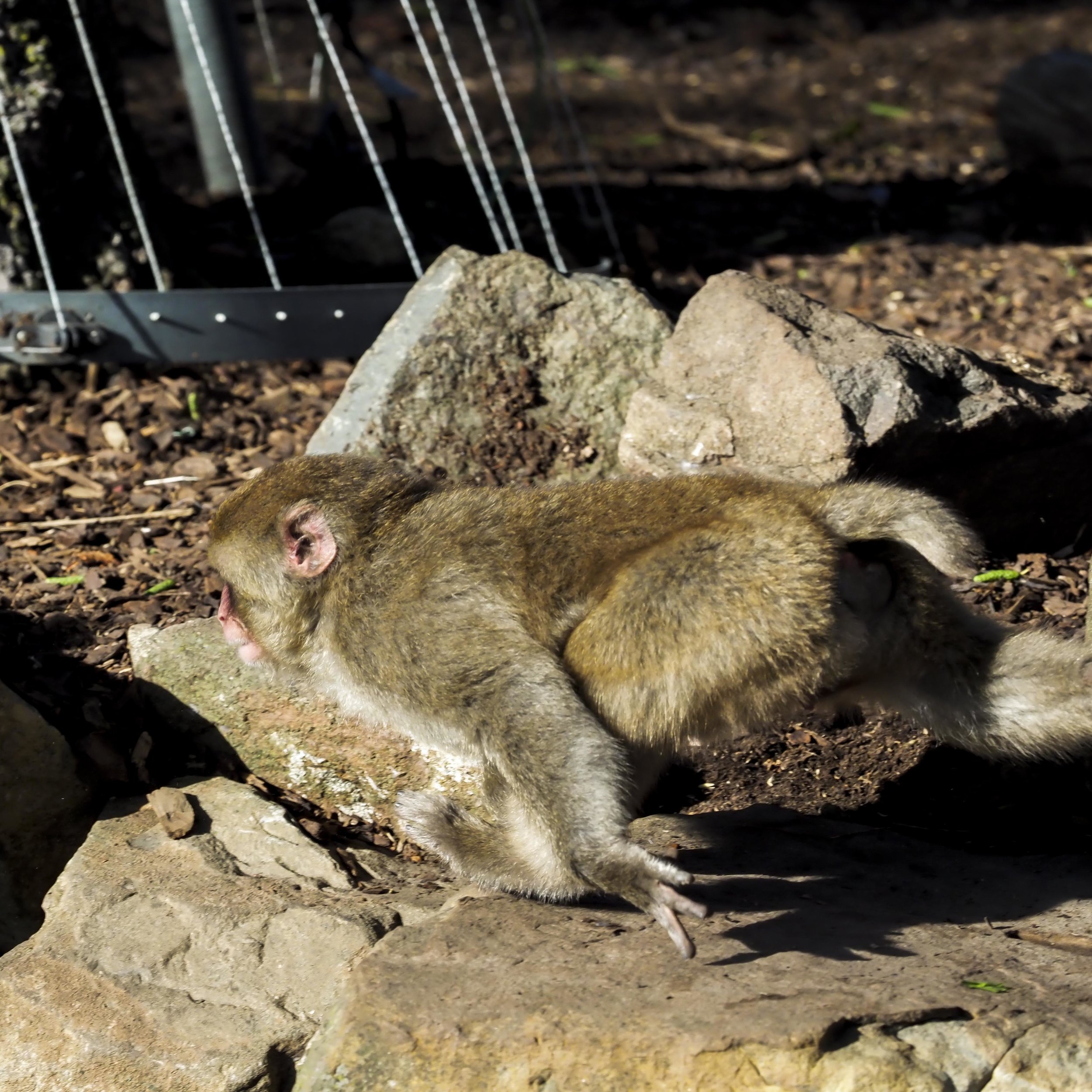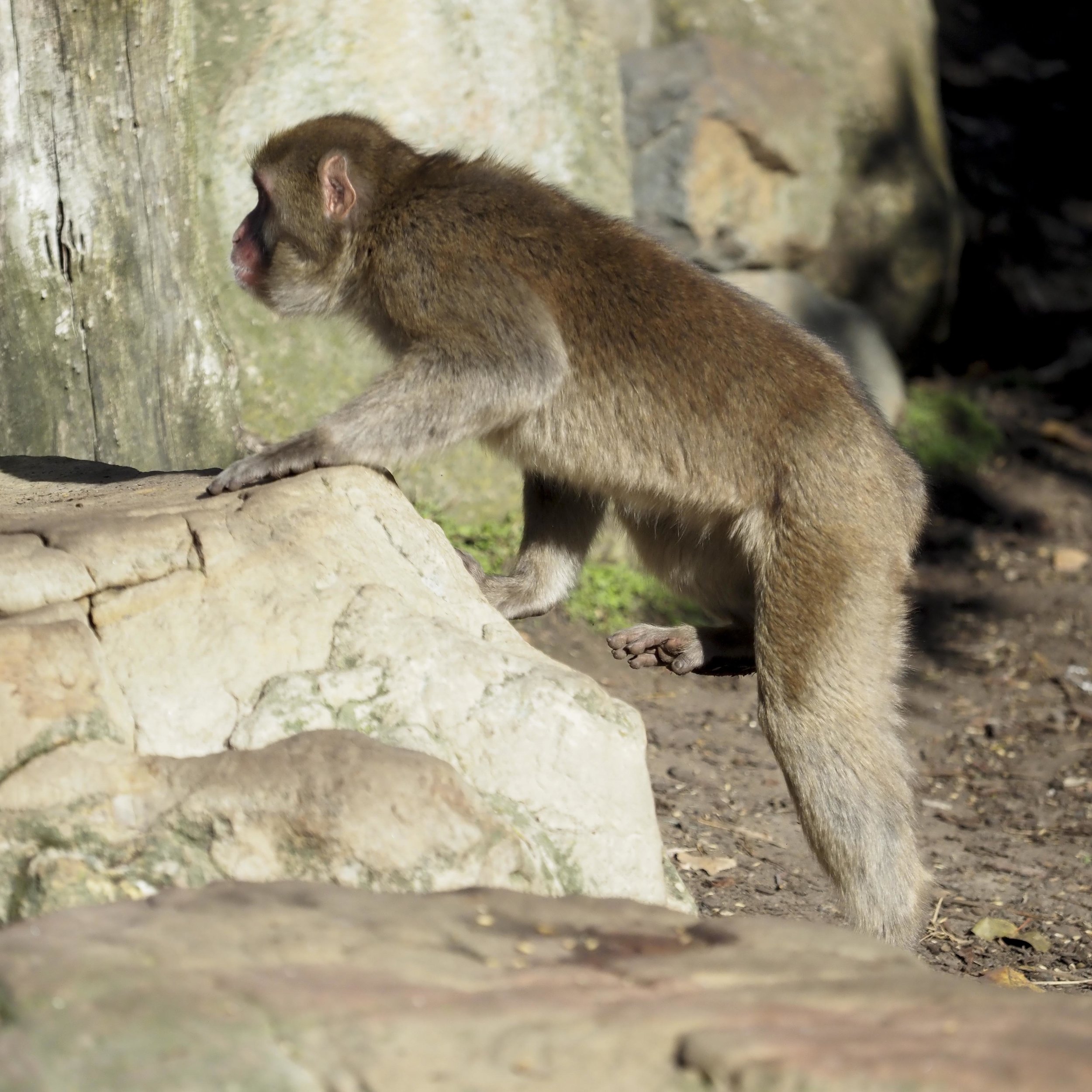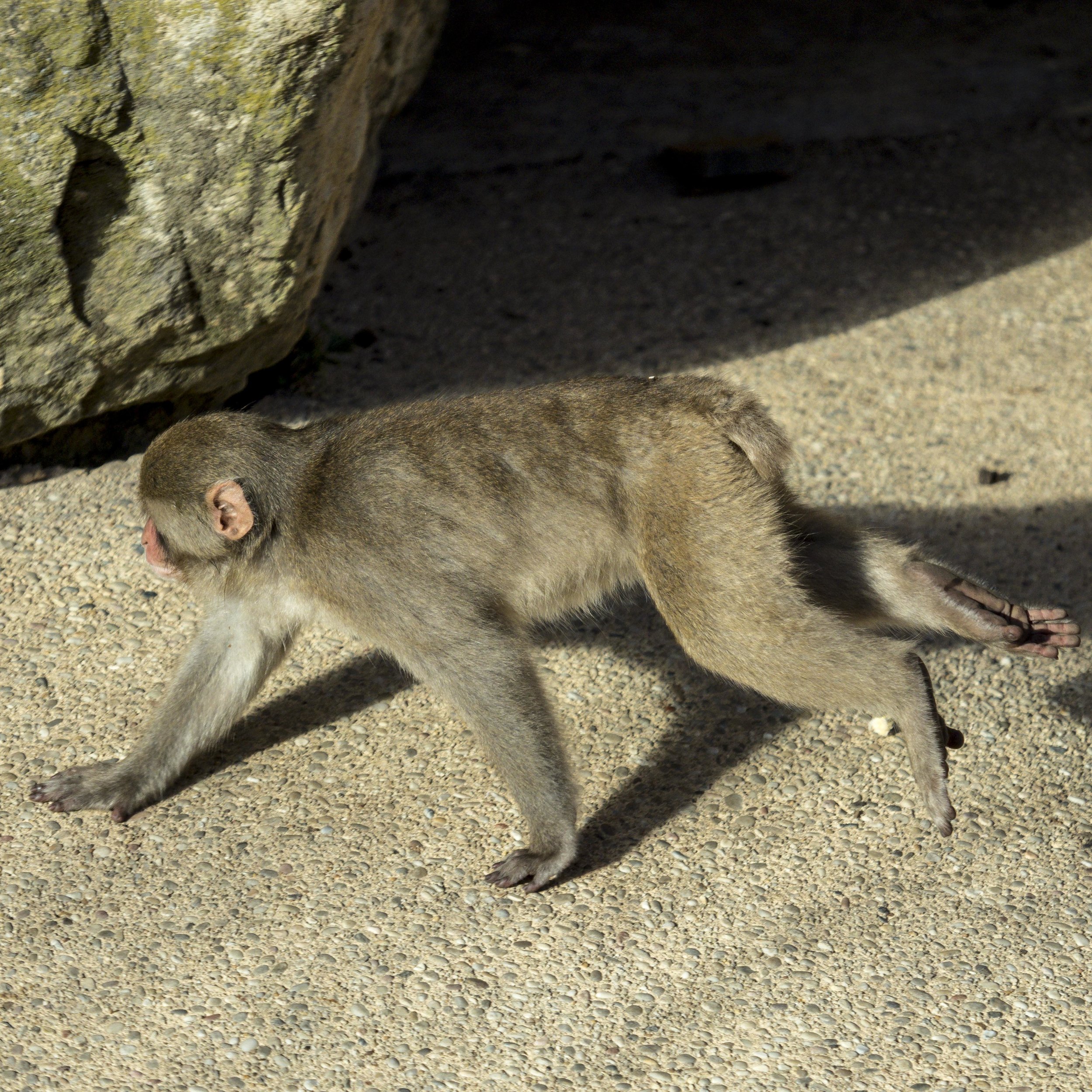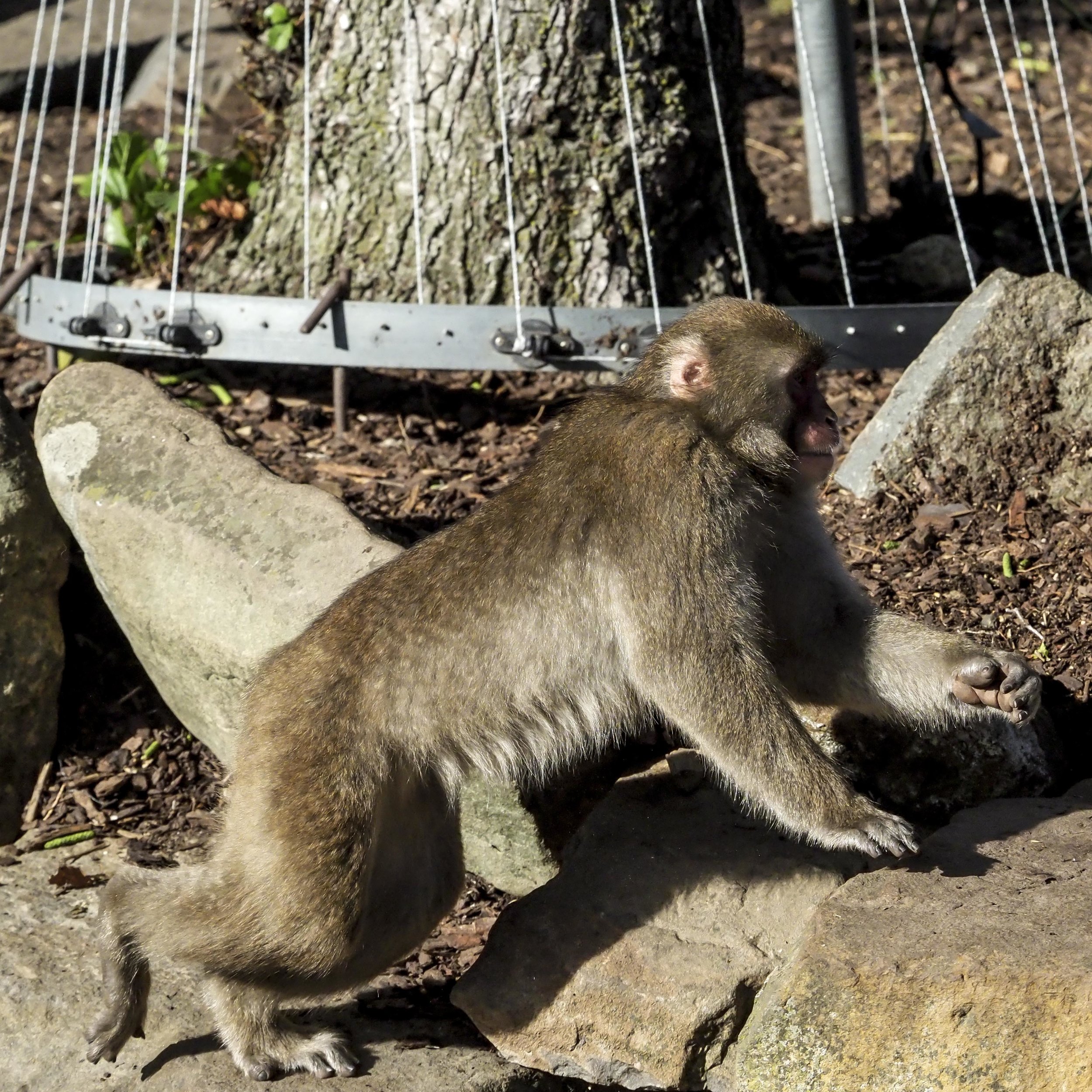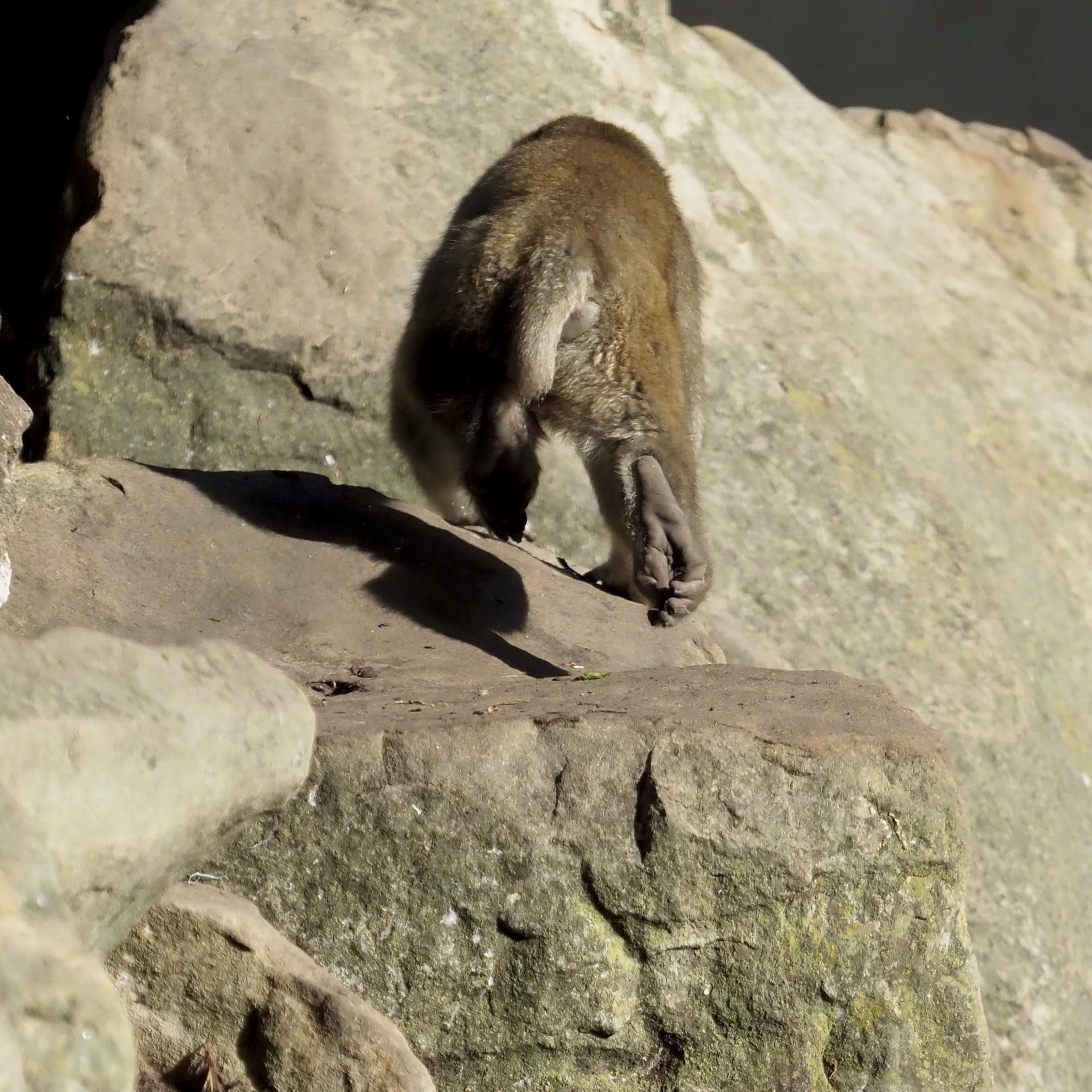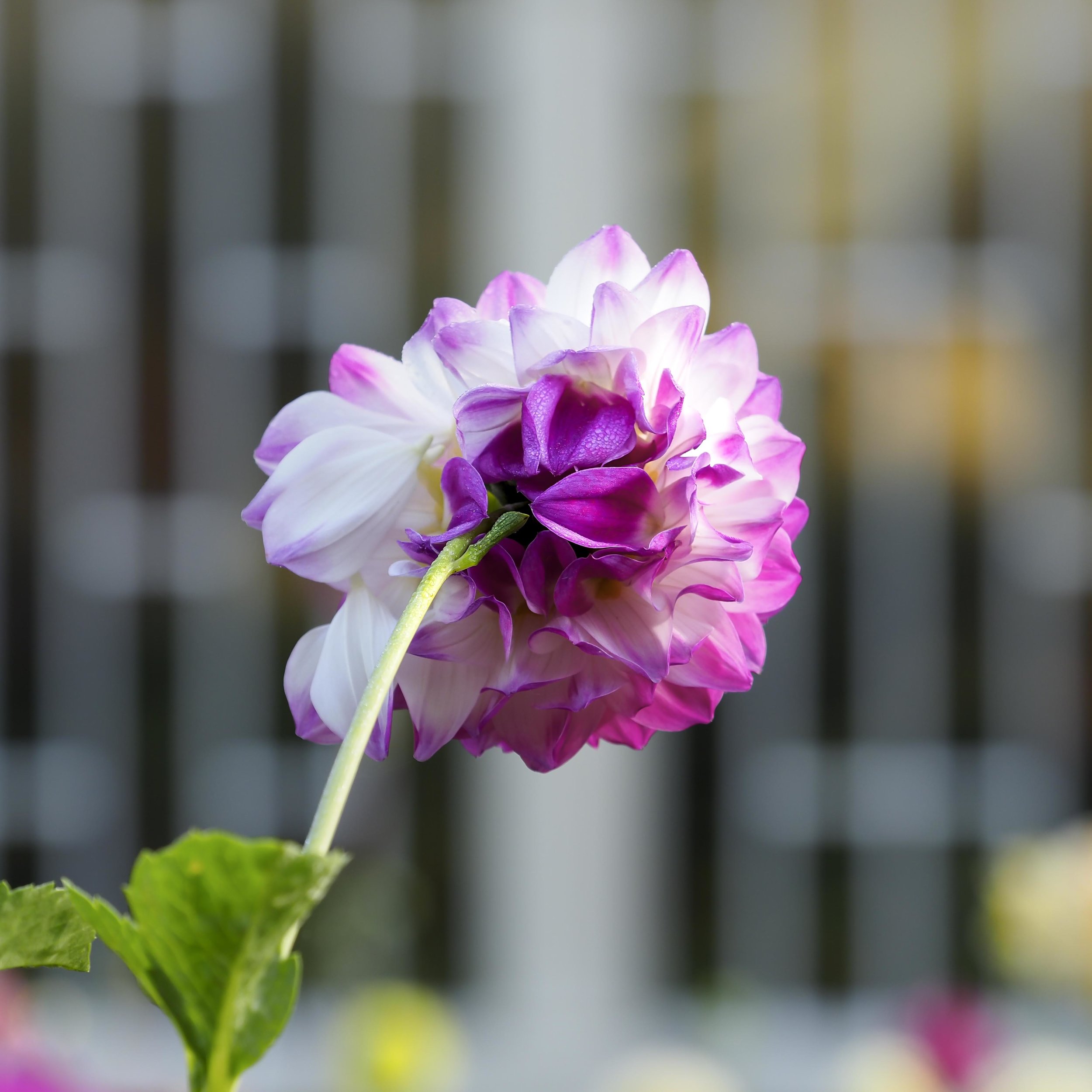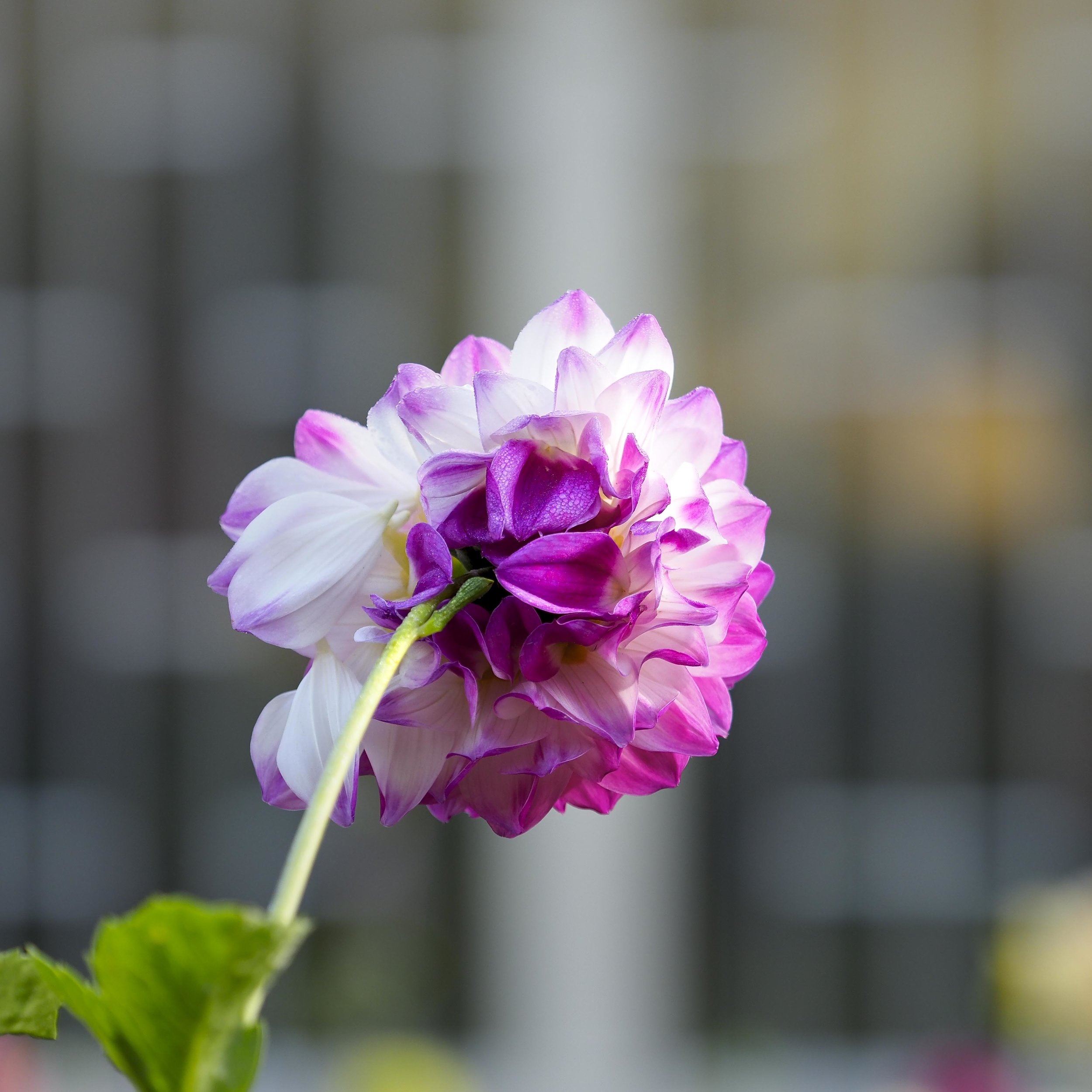I picked the set up for less than the price of the 45 alone.
Unlike many, I do not find buying new gear fun. Stressing over relative or theoretical quality is never a road to happiness, but it is something I seem to need to go through before I am truly happy and the more I spend, the more I stress. Working in the industry, I know that genuine faults are few and many actual faults go completely un-noticed, but rather than take the hint, I still tend to look for trouble.
Rather than tests and comparisons, I personally do not settle until I get that image that just makes me smile. I believe a lens is as good as it’s best image, simple as that. ironically, the actual image often has little to do with true, definable, technical quality, but rather an emotional quality that only a really terrible lens could actually detract from. My testing procedure for these lenses came down taking a few images, focussing on the edges often and checking for obvious anomalies.
What exercises like this remind me of, is that the gear matters less than using it. Having a big, pro lens, with little application is a waste. It makes me feel like I should push myself into using it over common sense. The smaller kit on the other hand, means that I have a significantly higher chance of actually having a camera with me when something is worth capturing.
Something to think on with tele lenses, is their realistic operating environment. Wide open, many top long tele lenses are not as sharp as even petite little portrait lenses. The compression they have often disguises this, making the image “snap” naturally. Even my humble 75-300, which does not do brilliantly on a test bench, can produce pro grade images in the field. When the atmosphere is filled with haze or glare, it is as hobbled as any, but so would a multi thousand dollar lens be.



